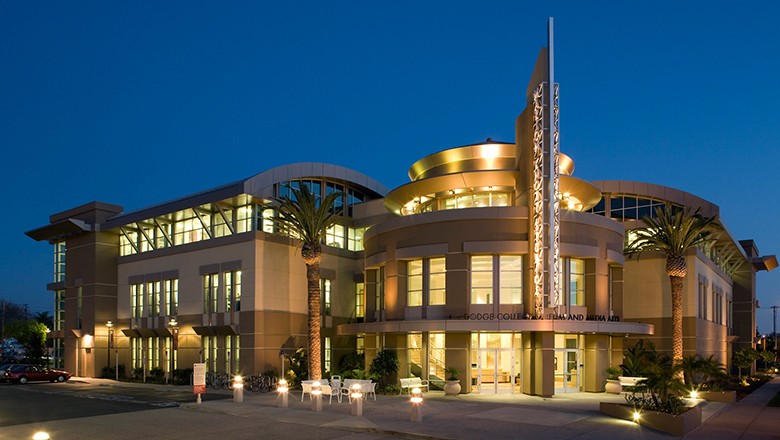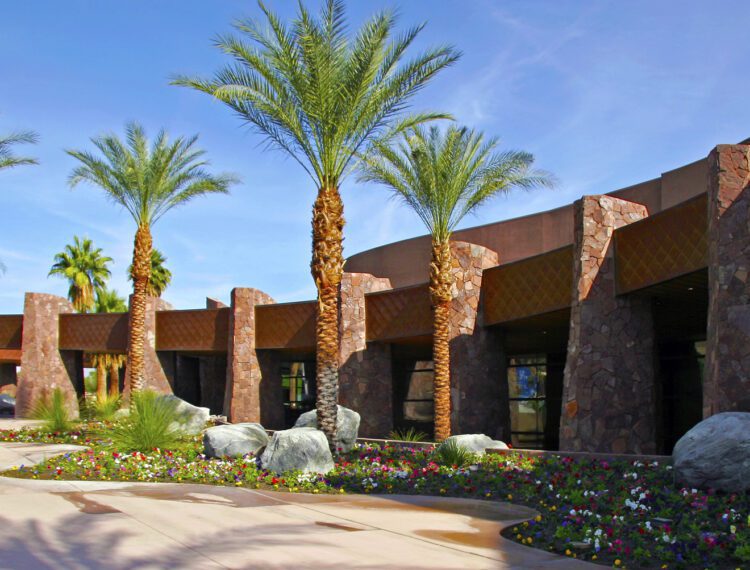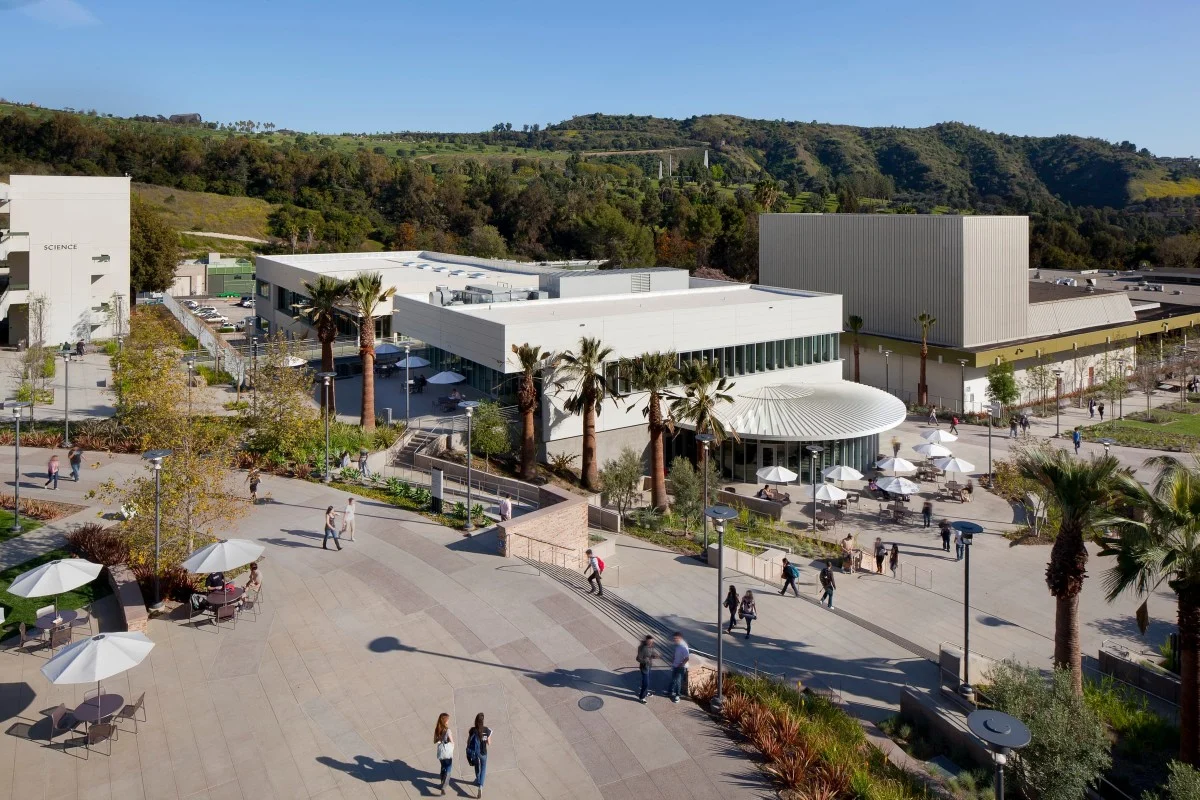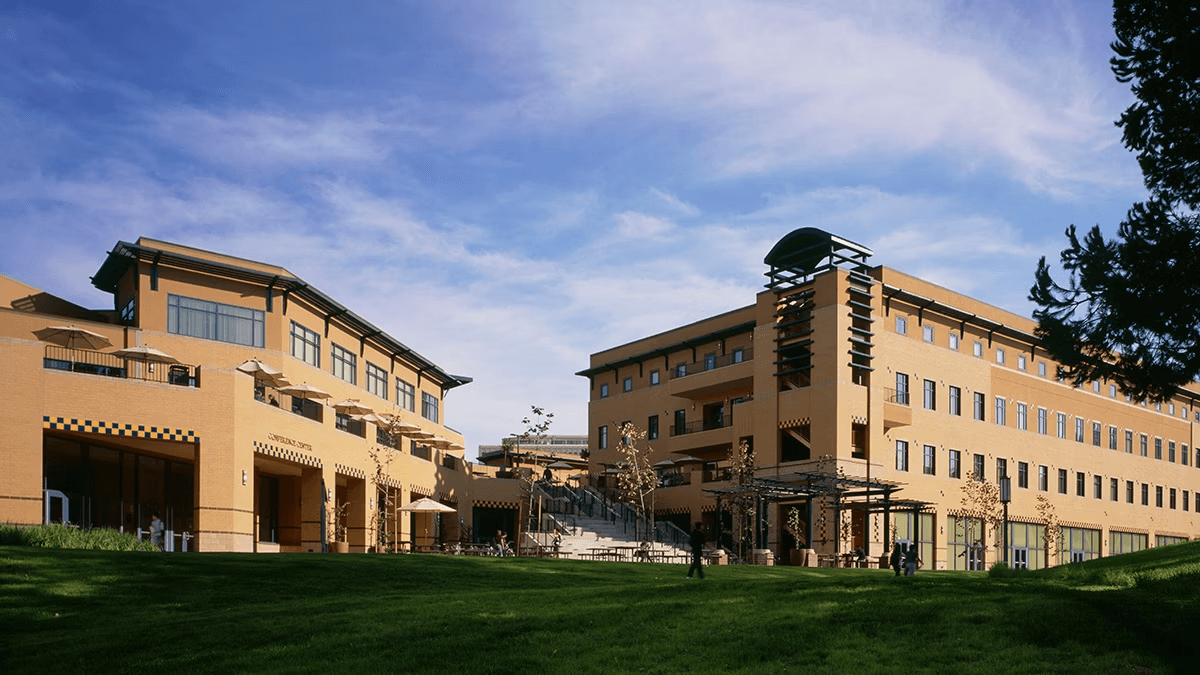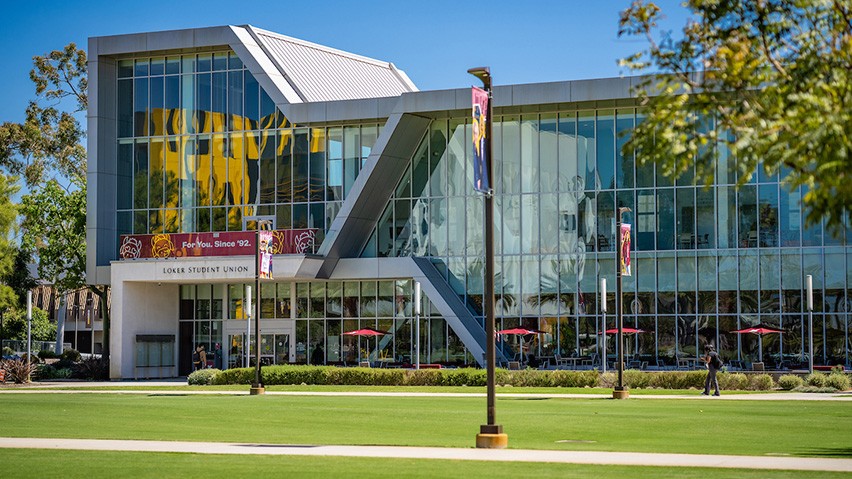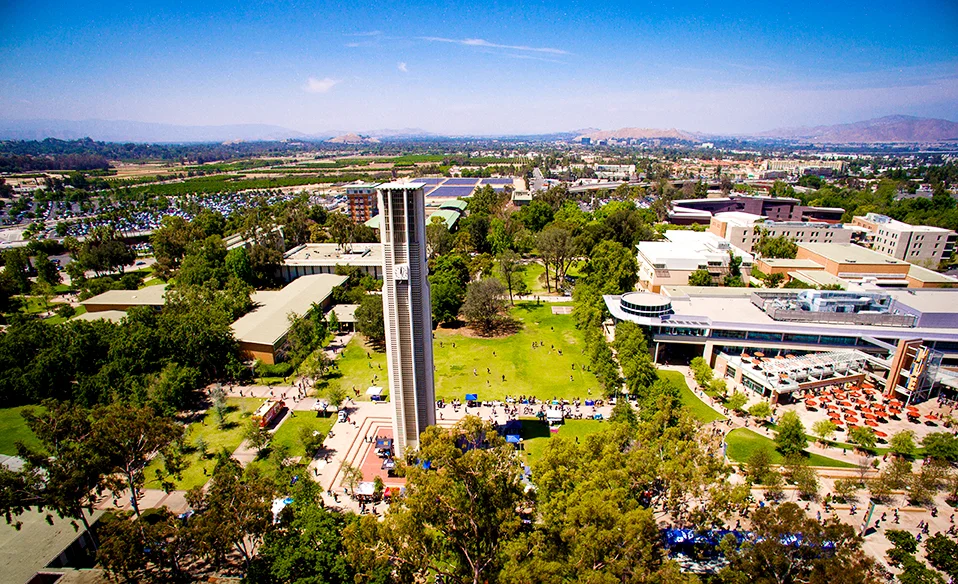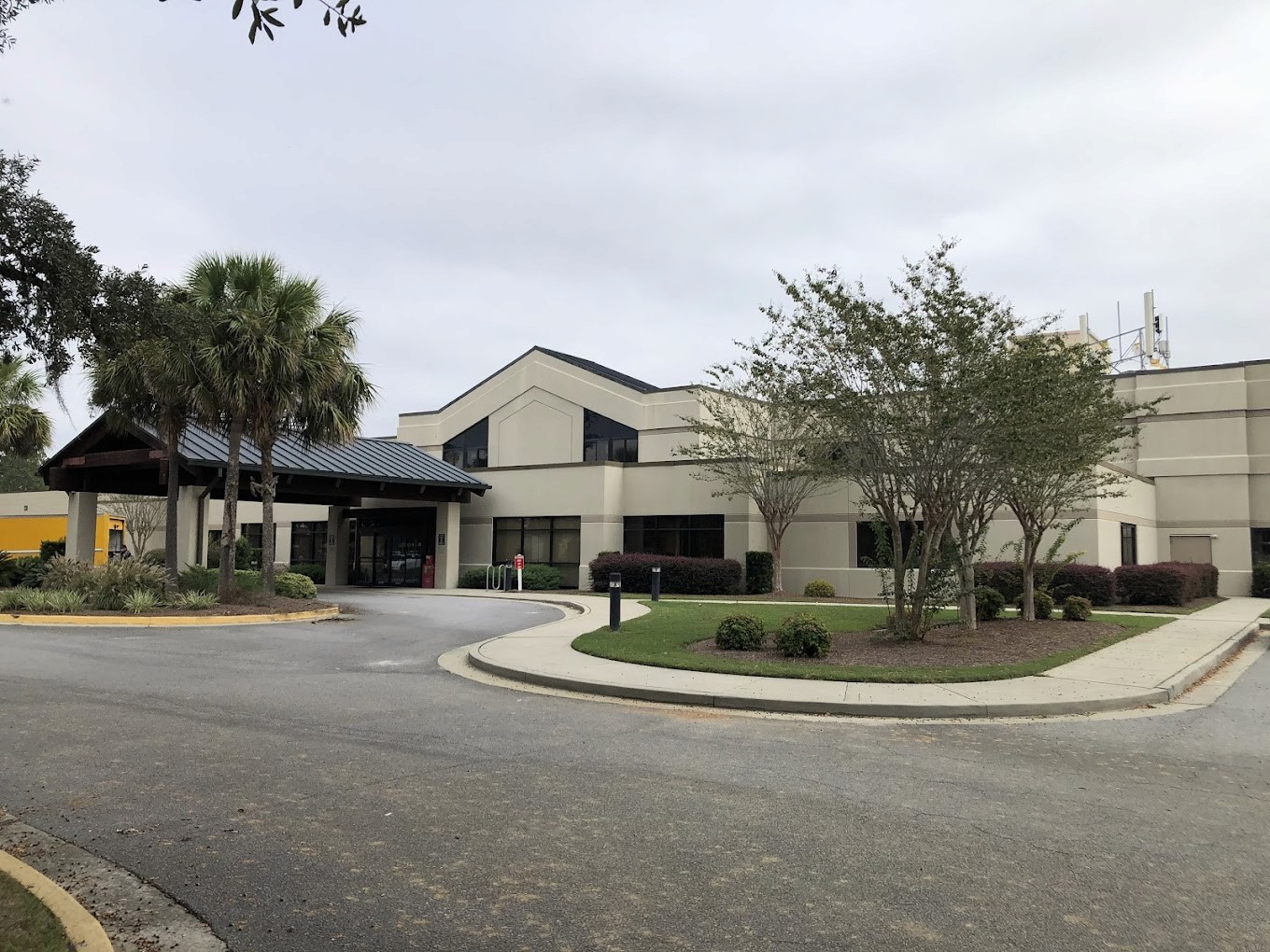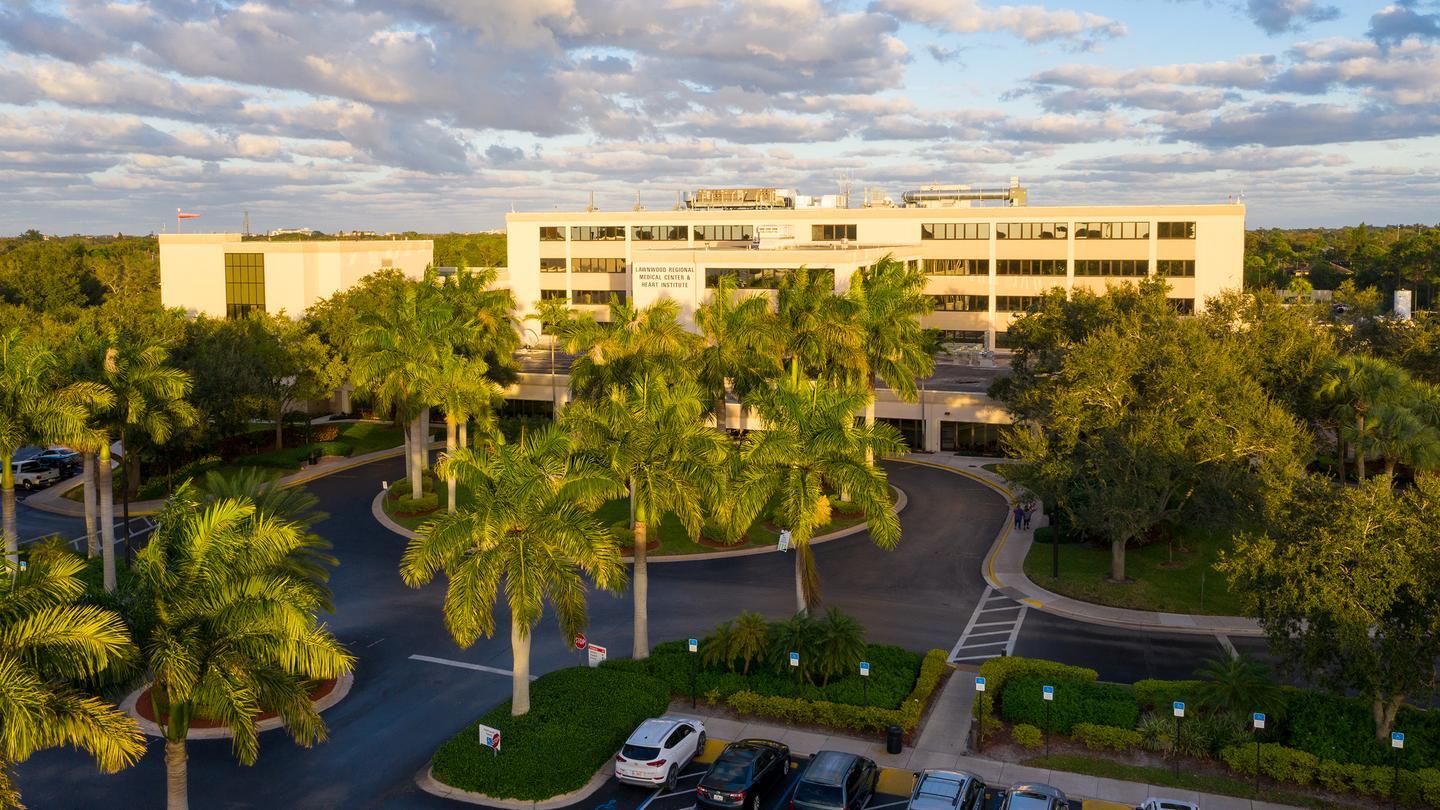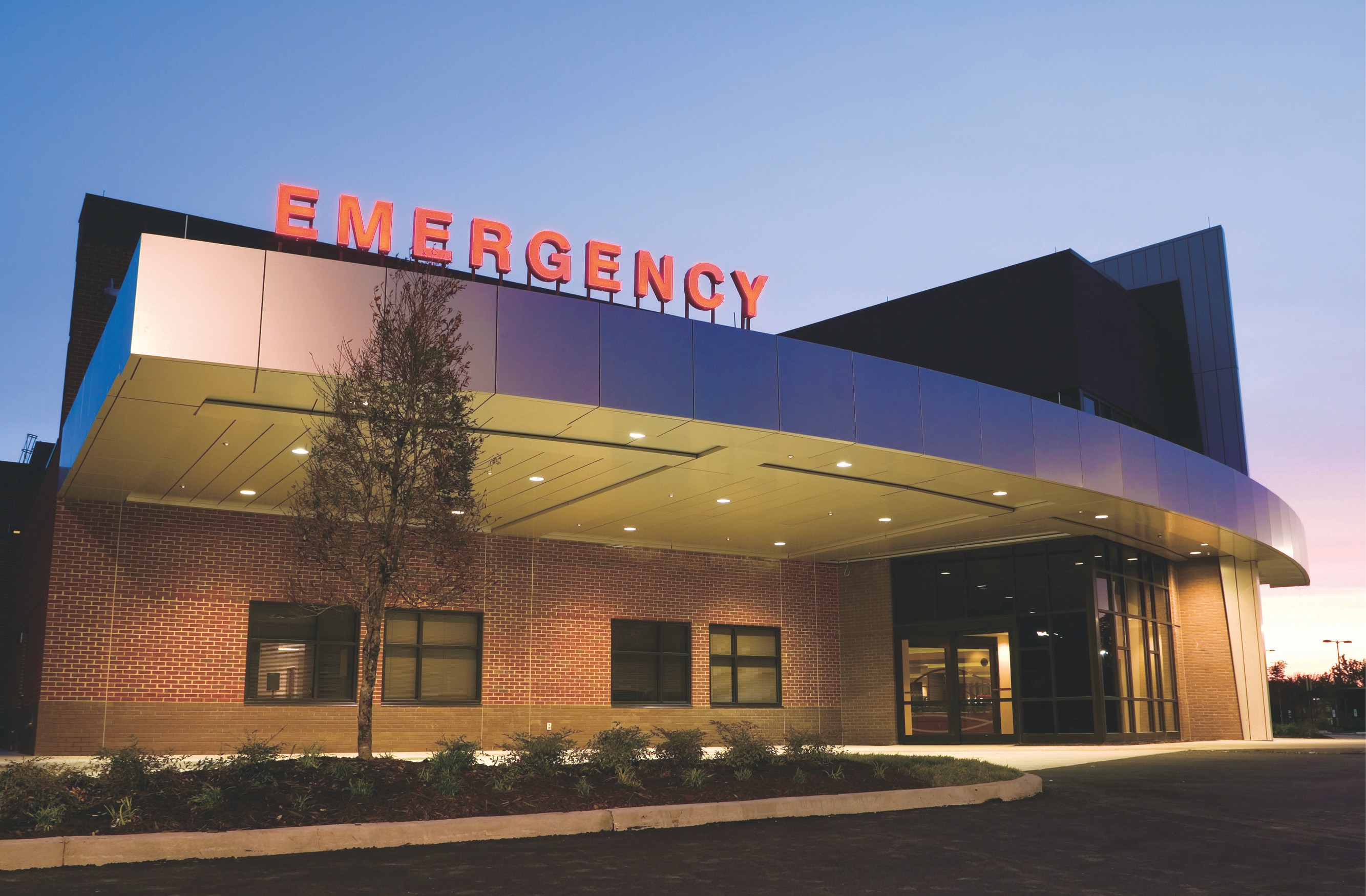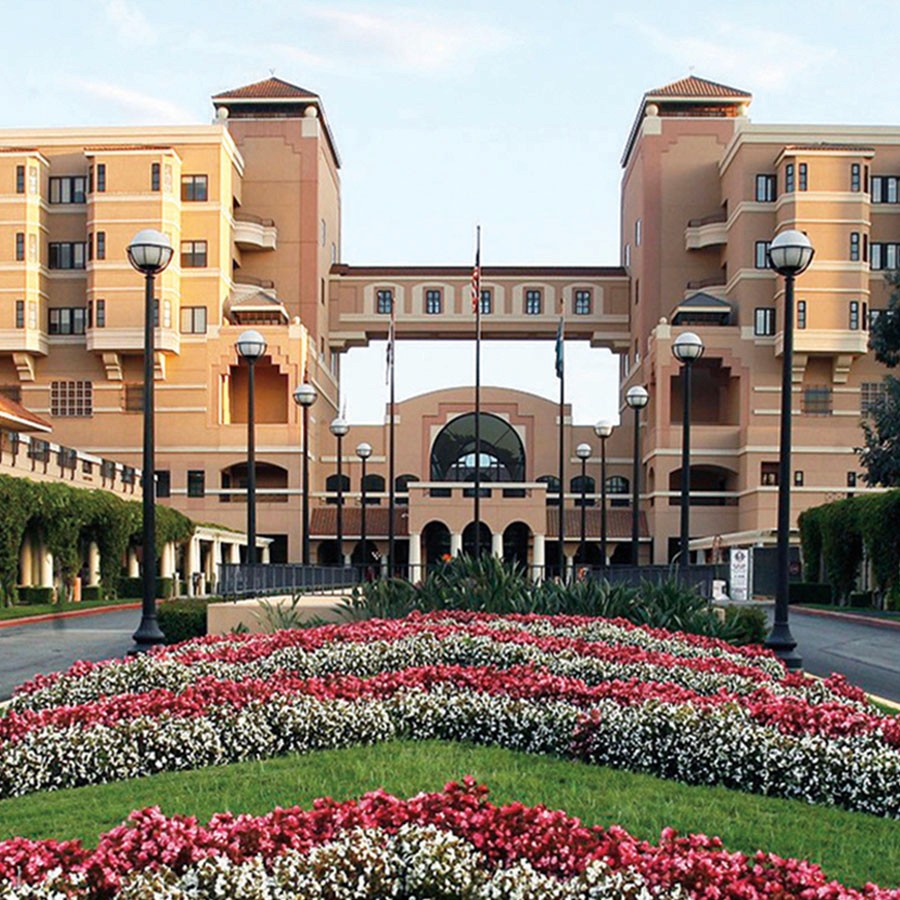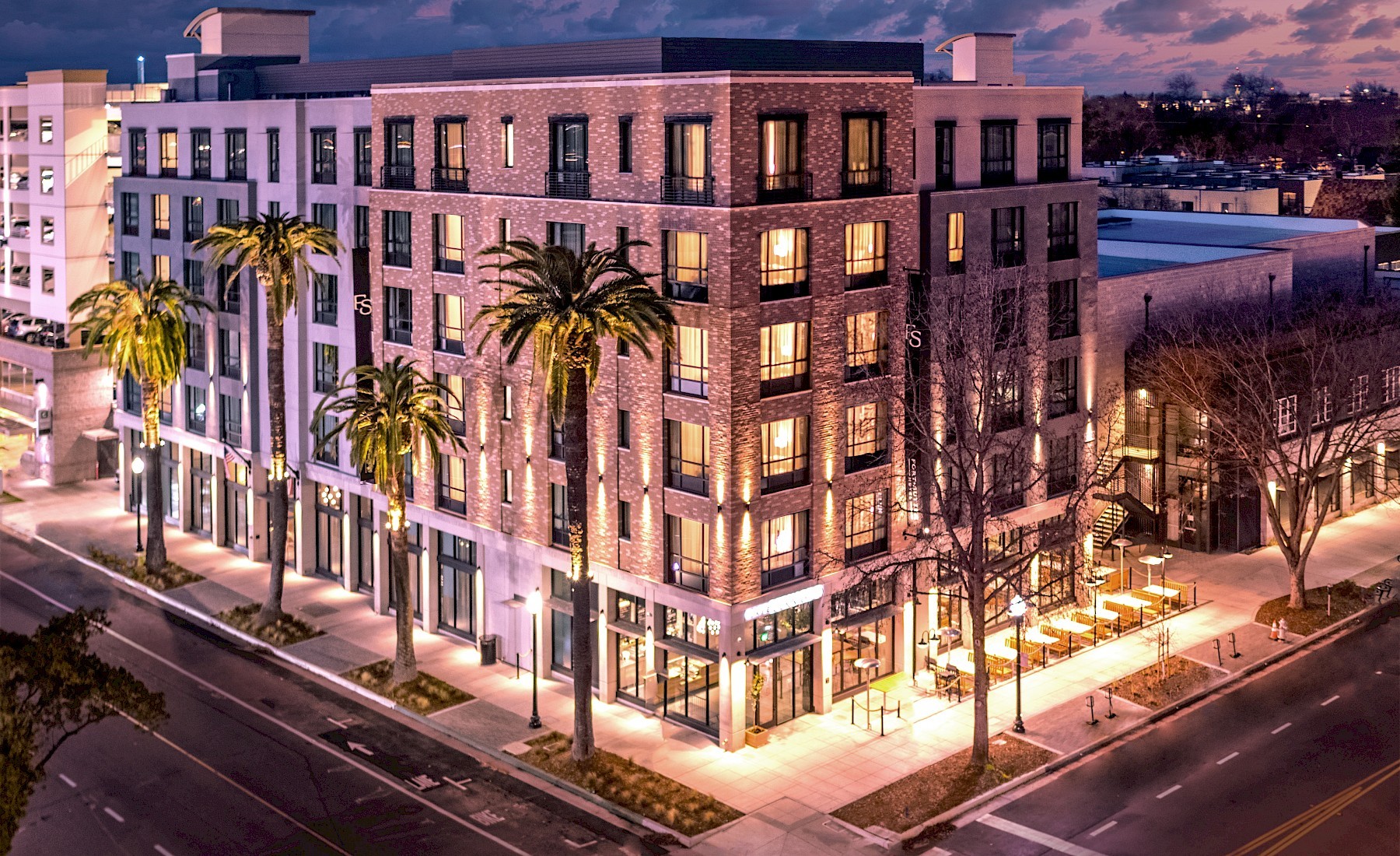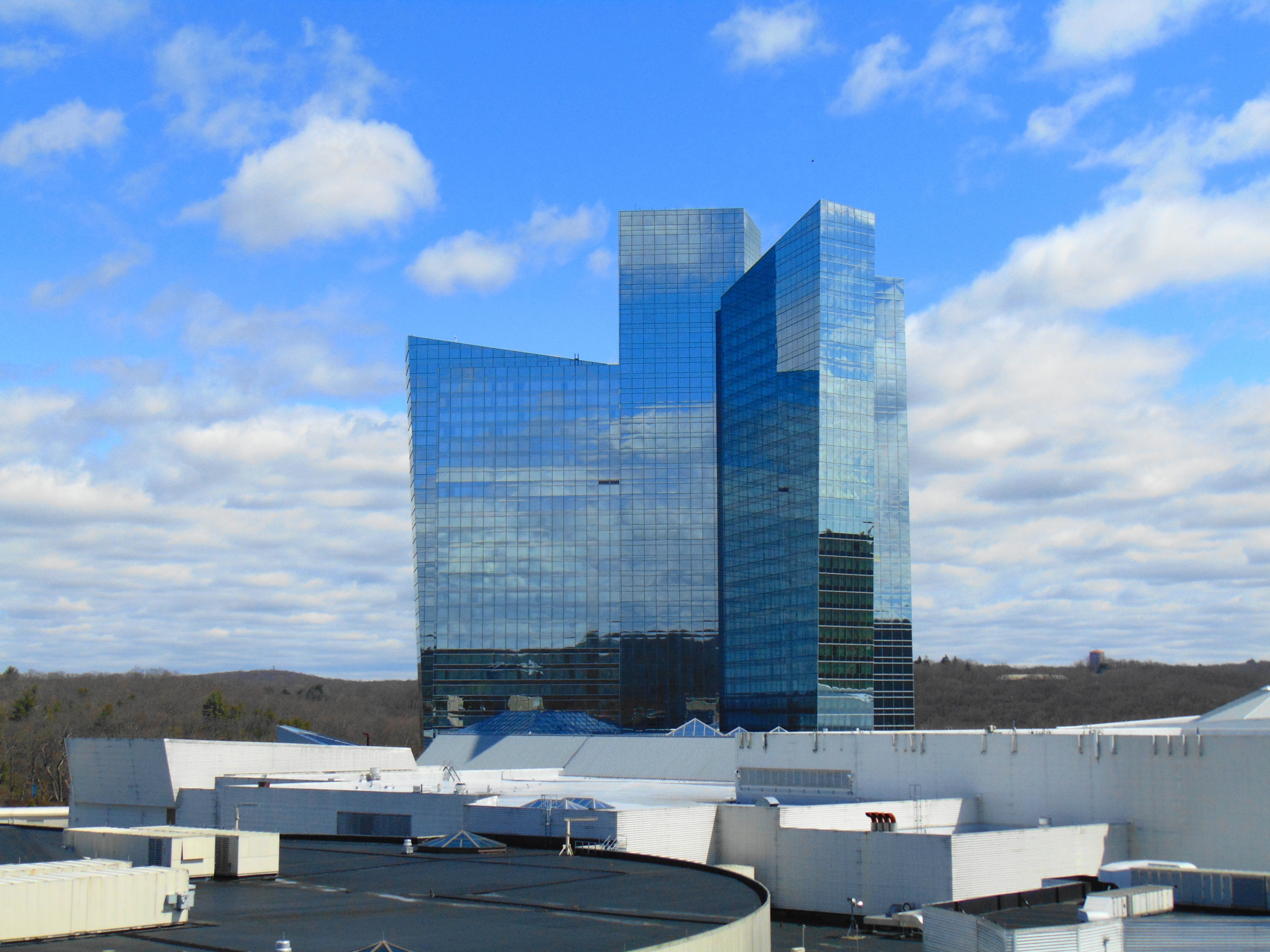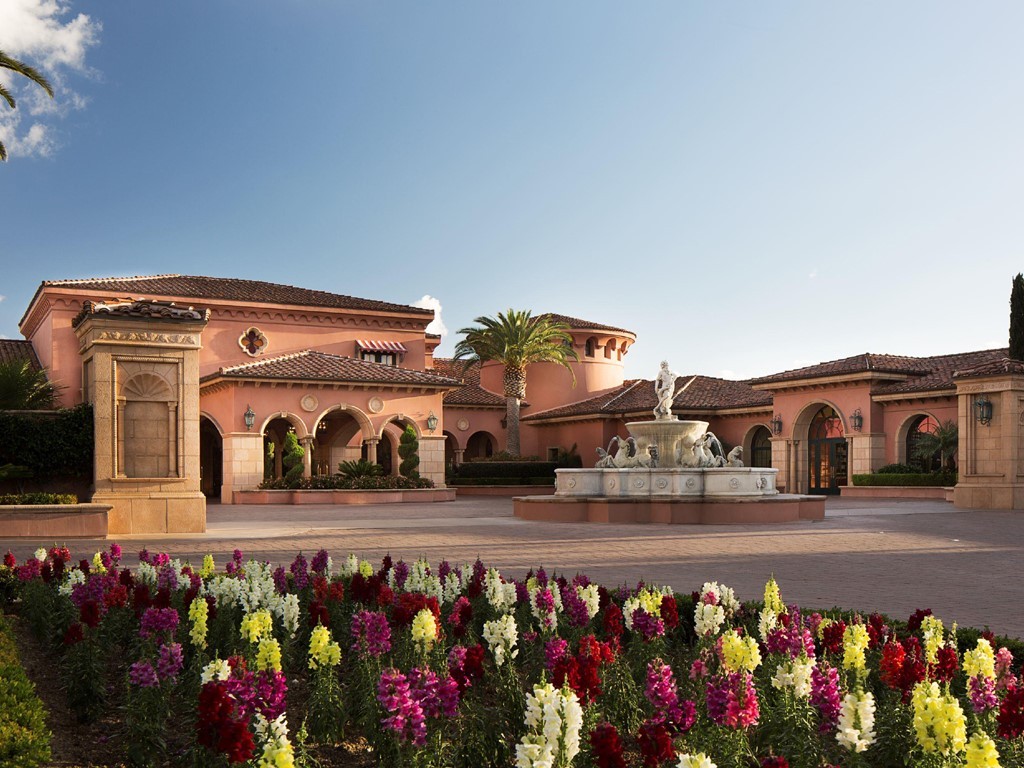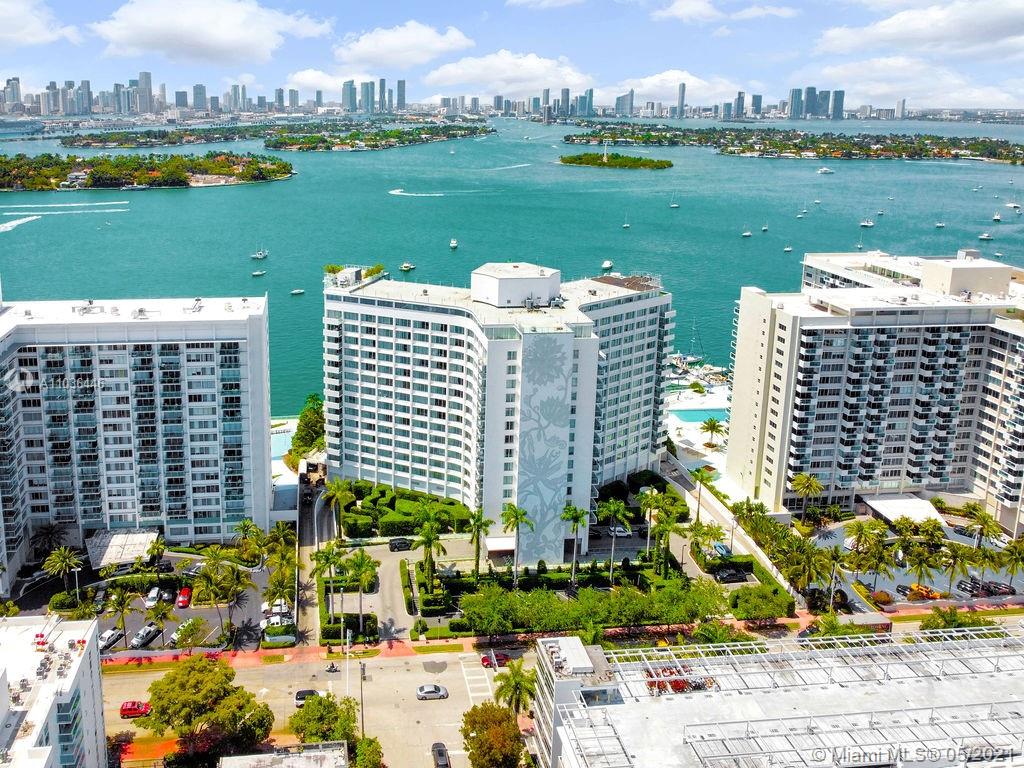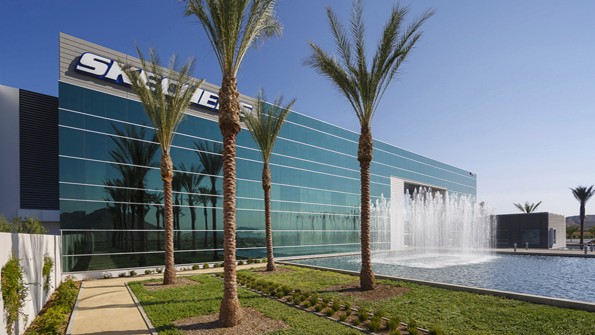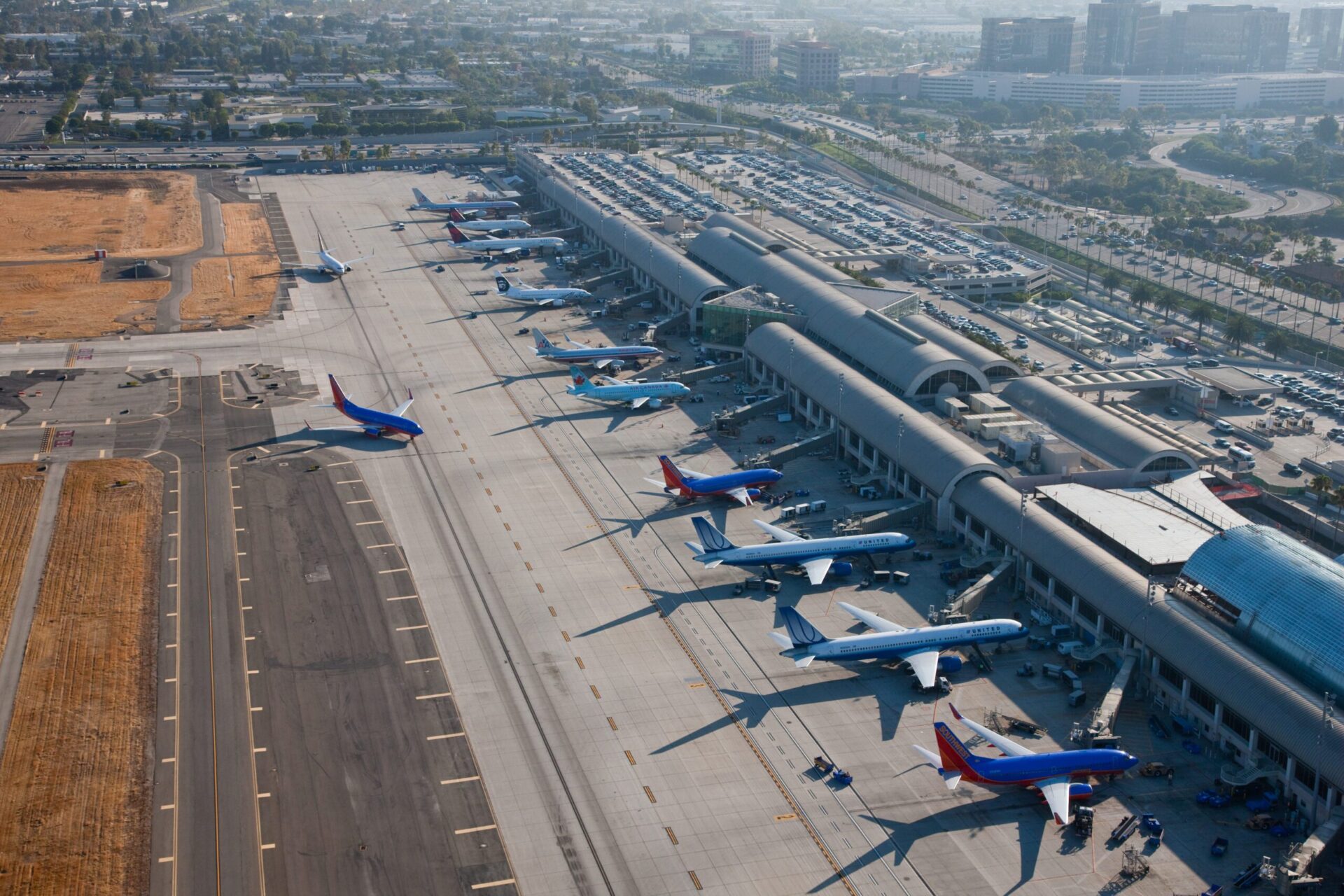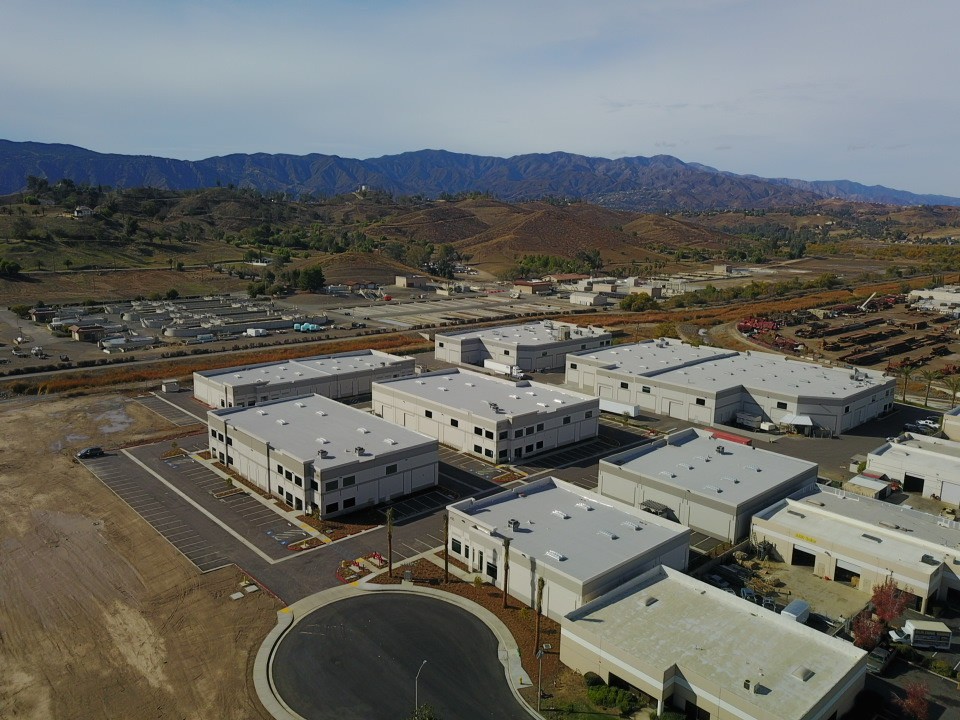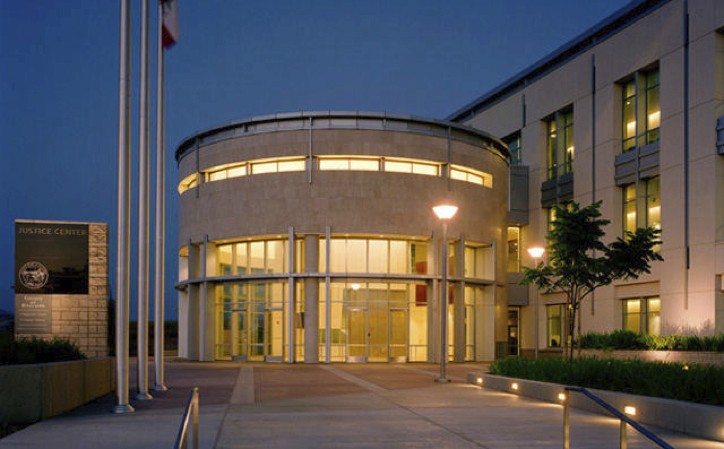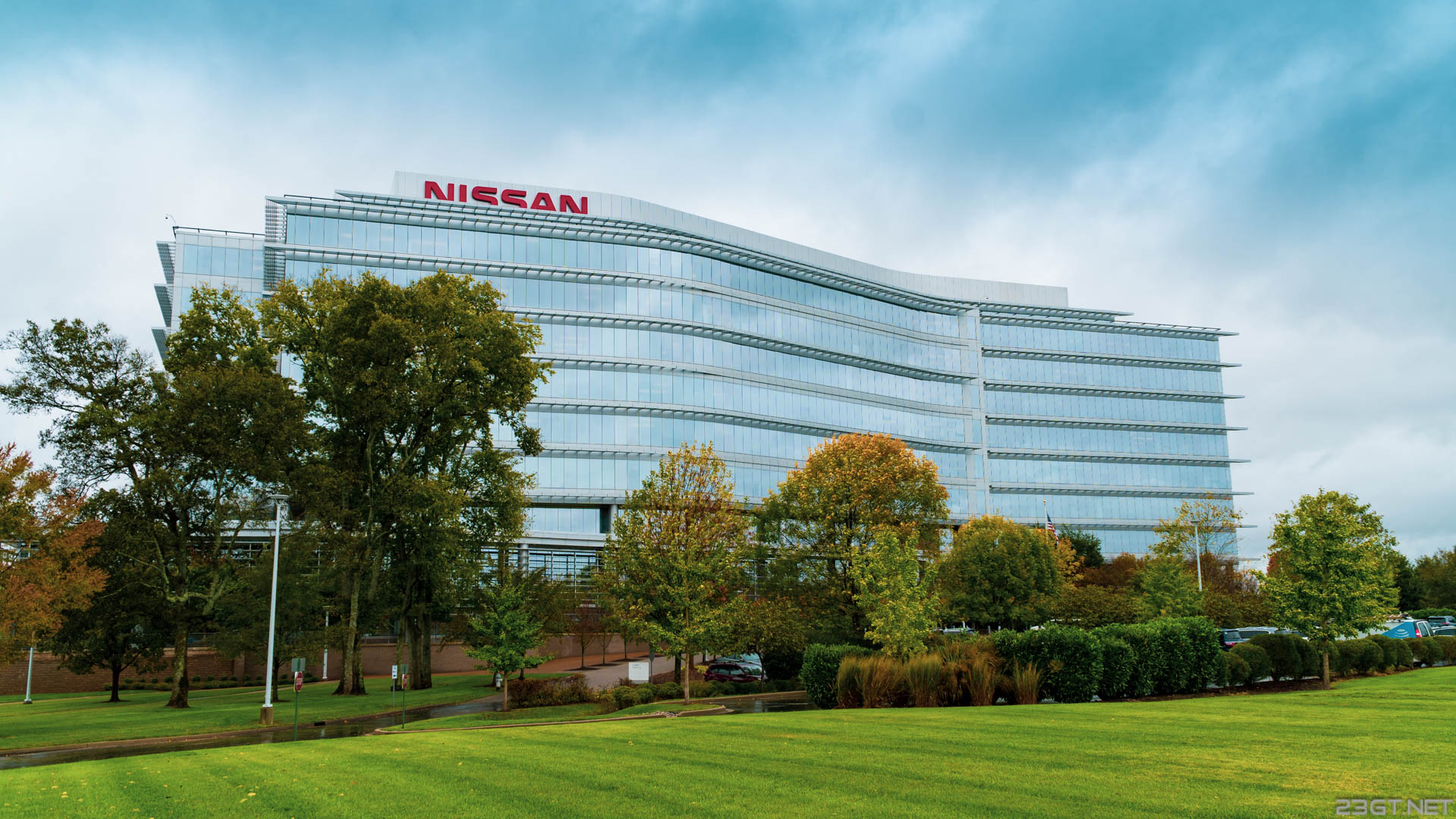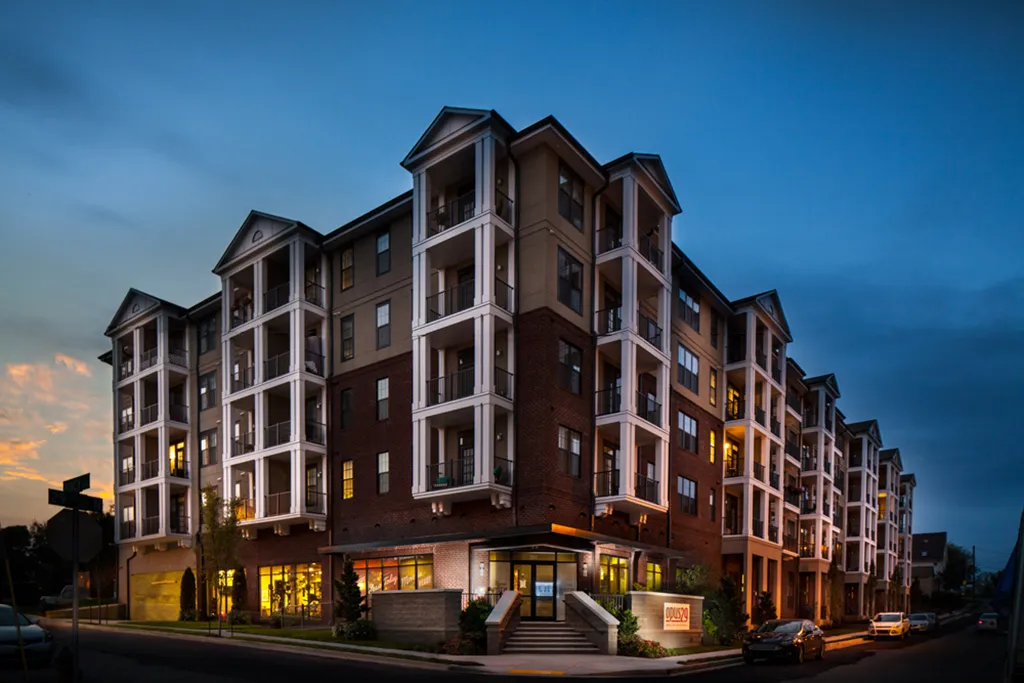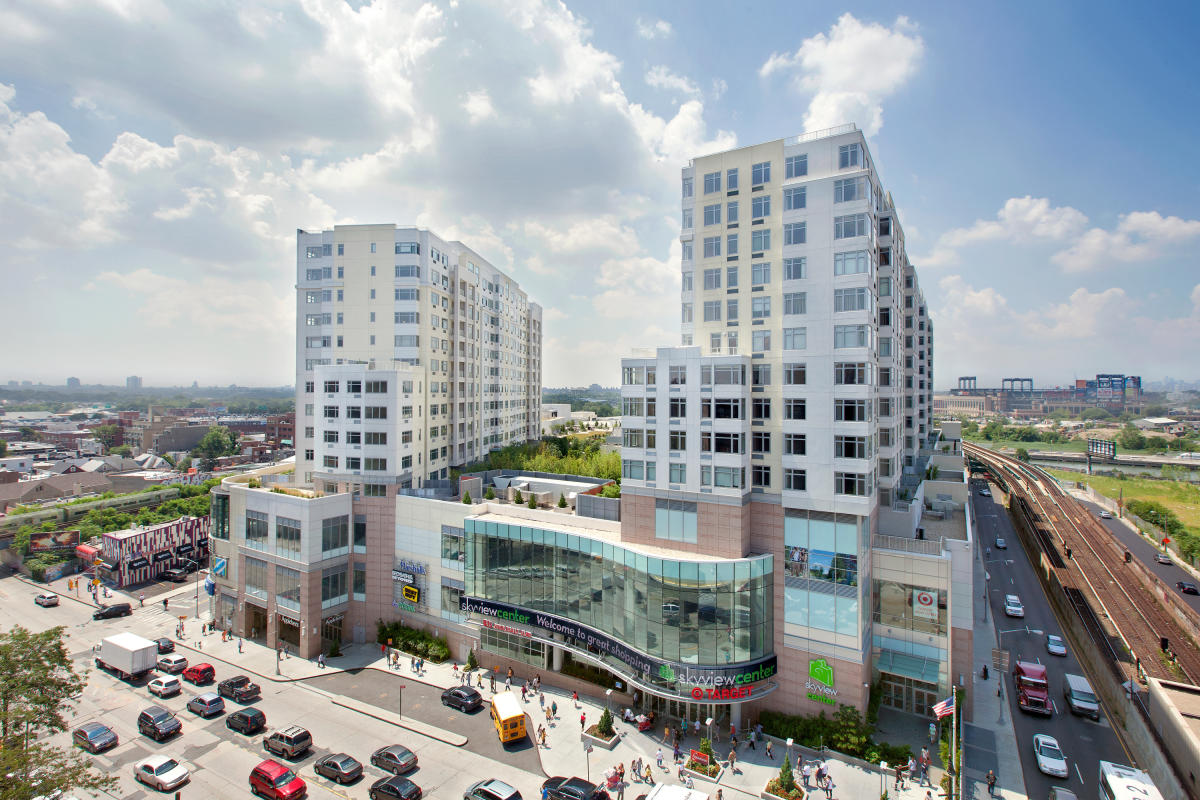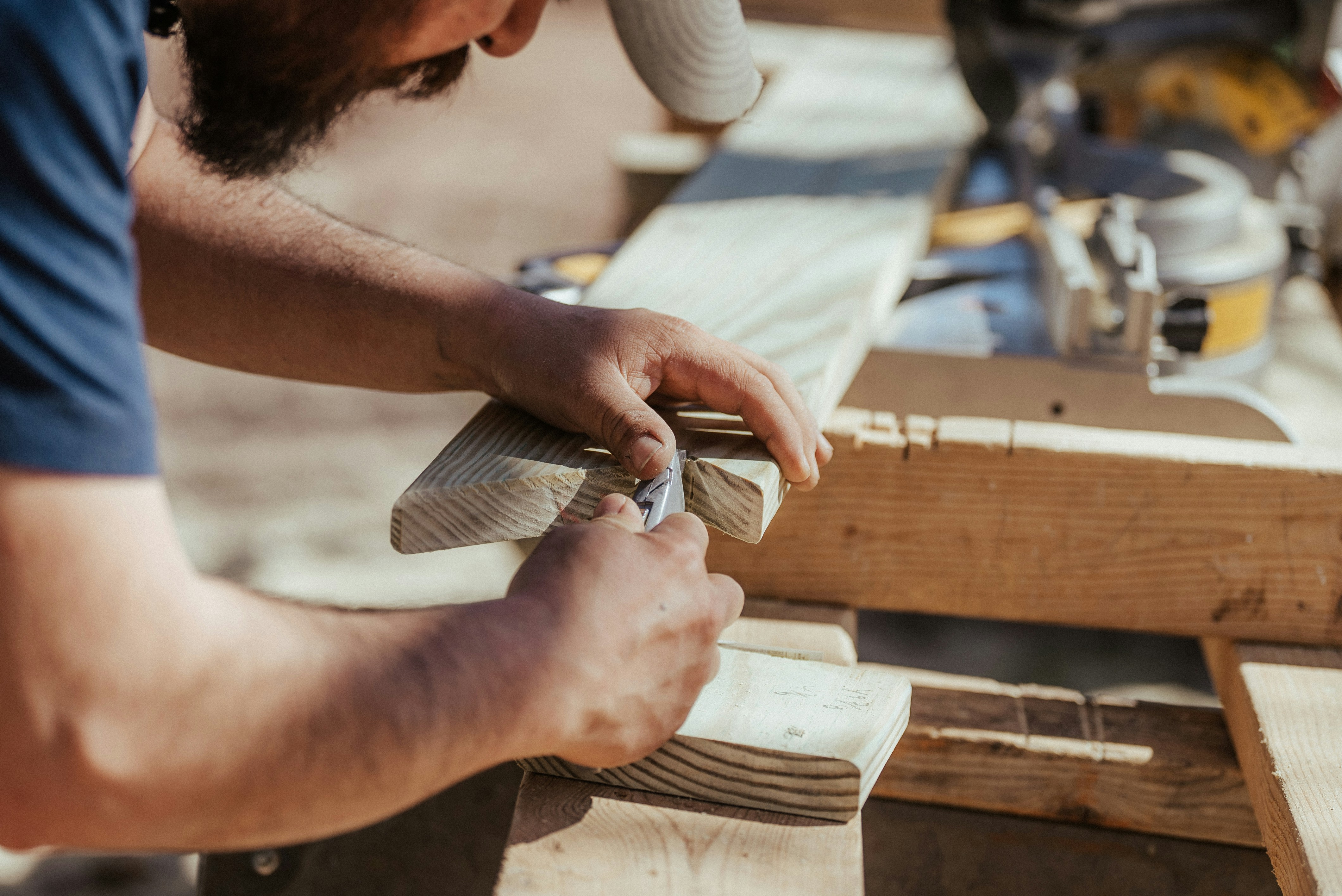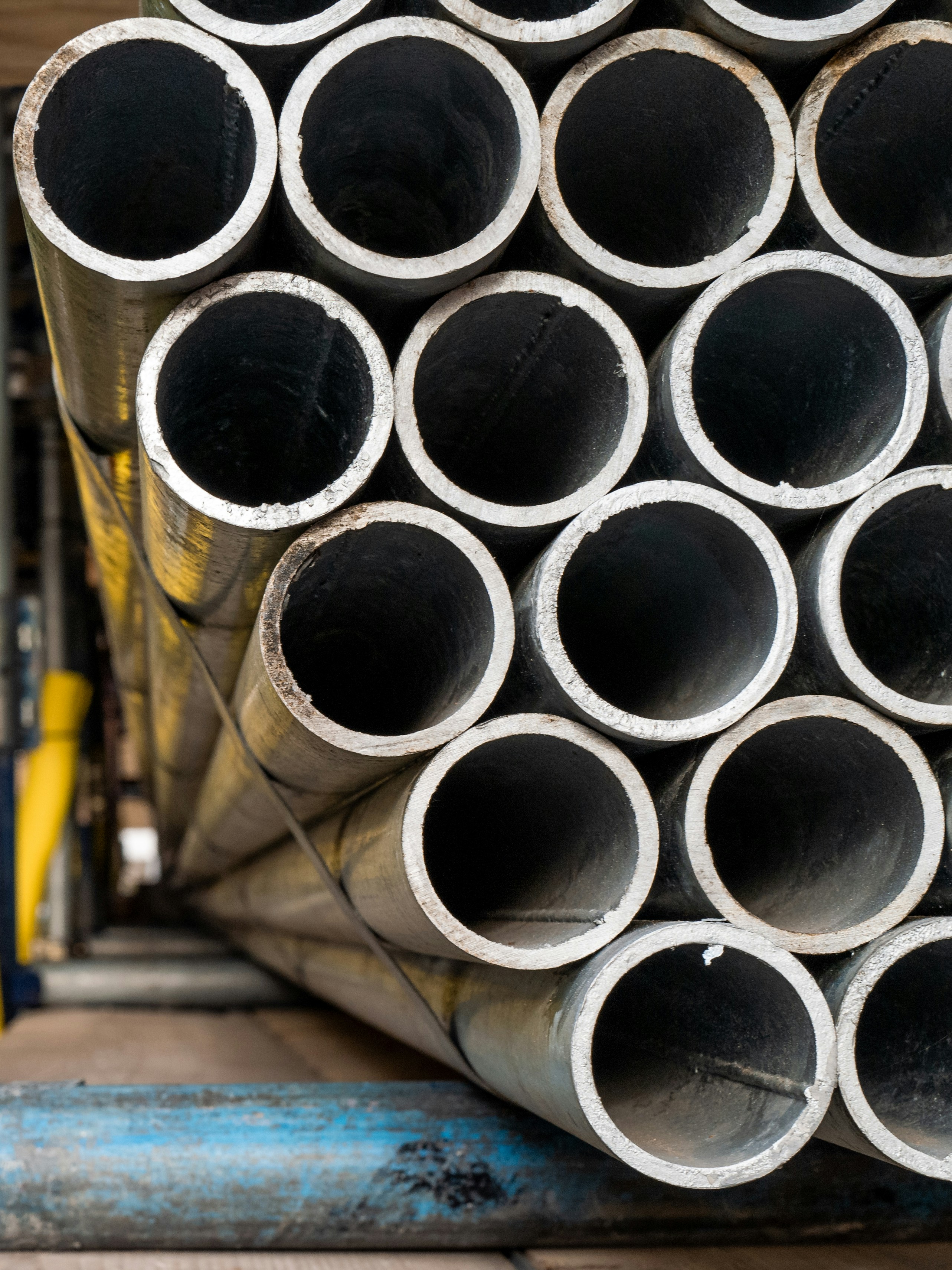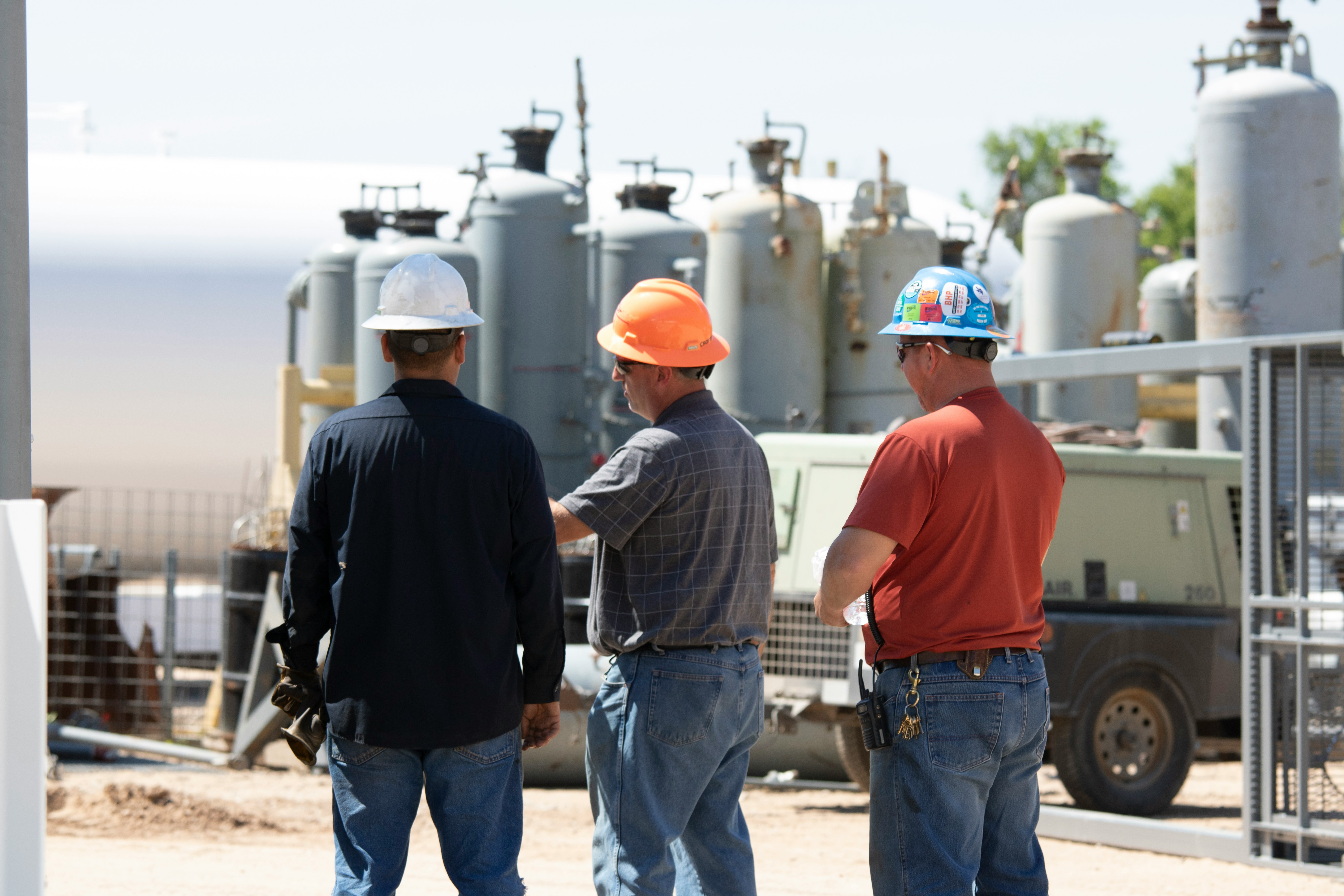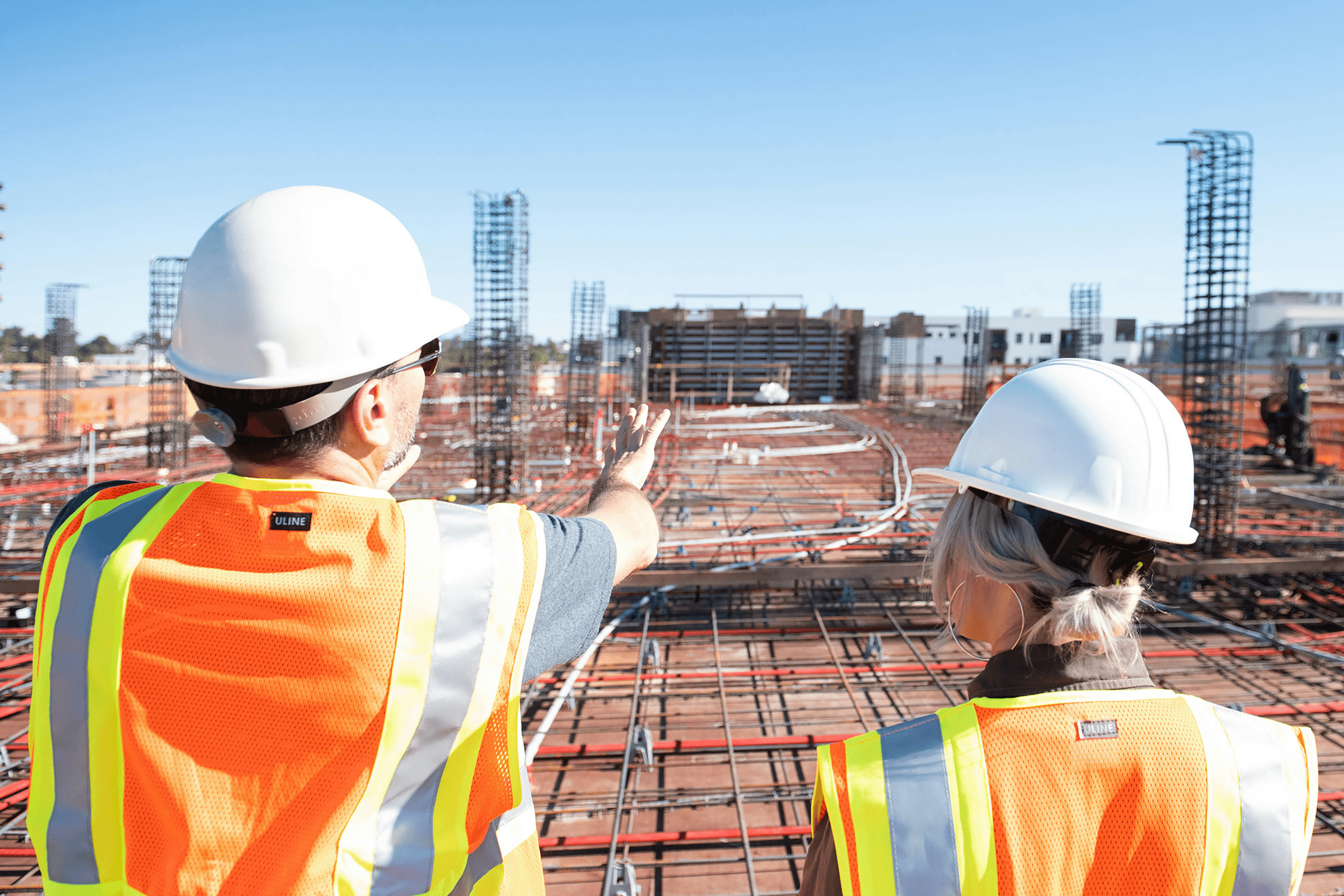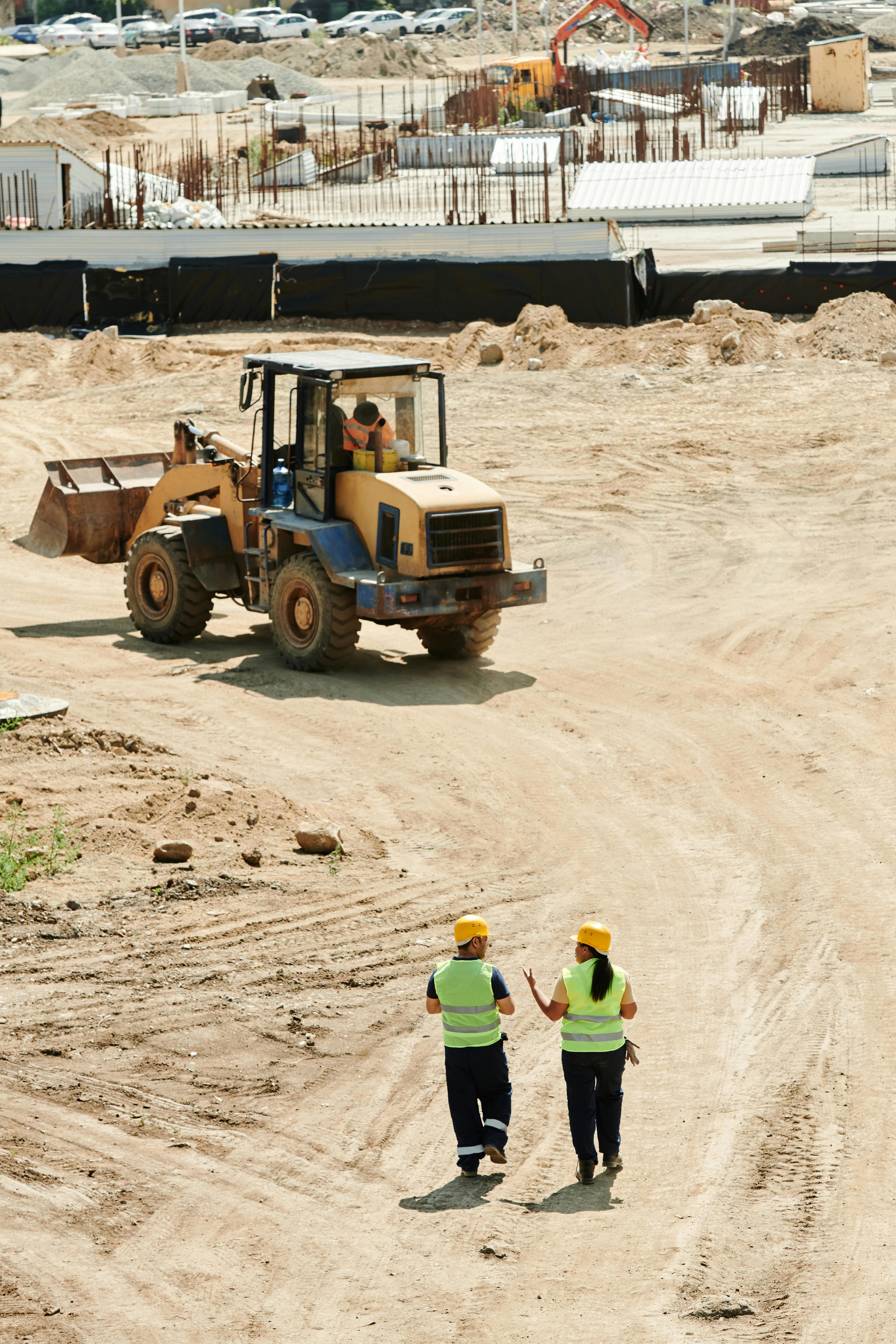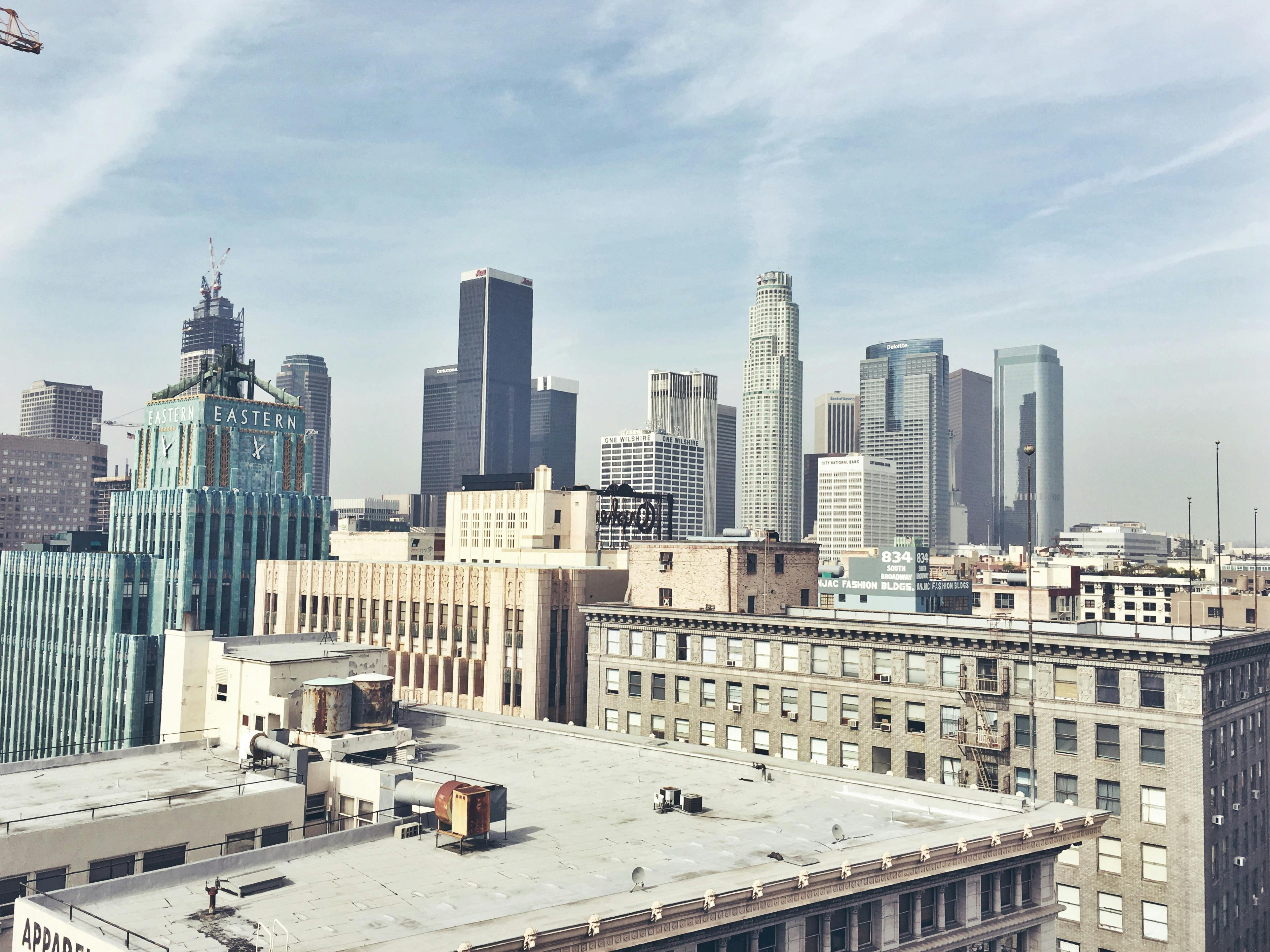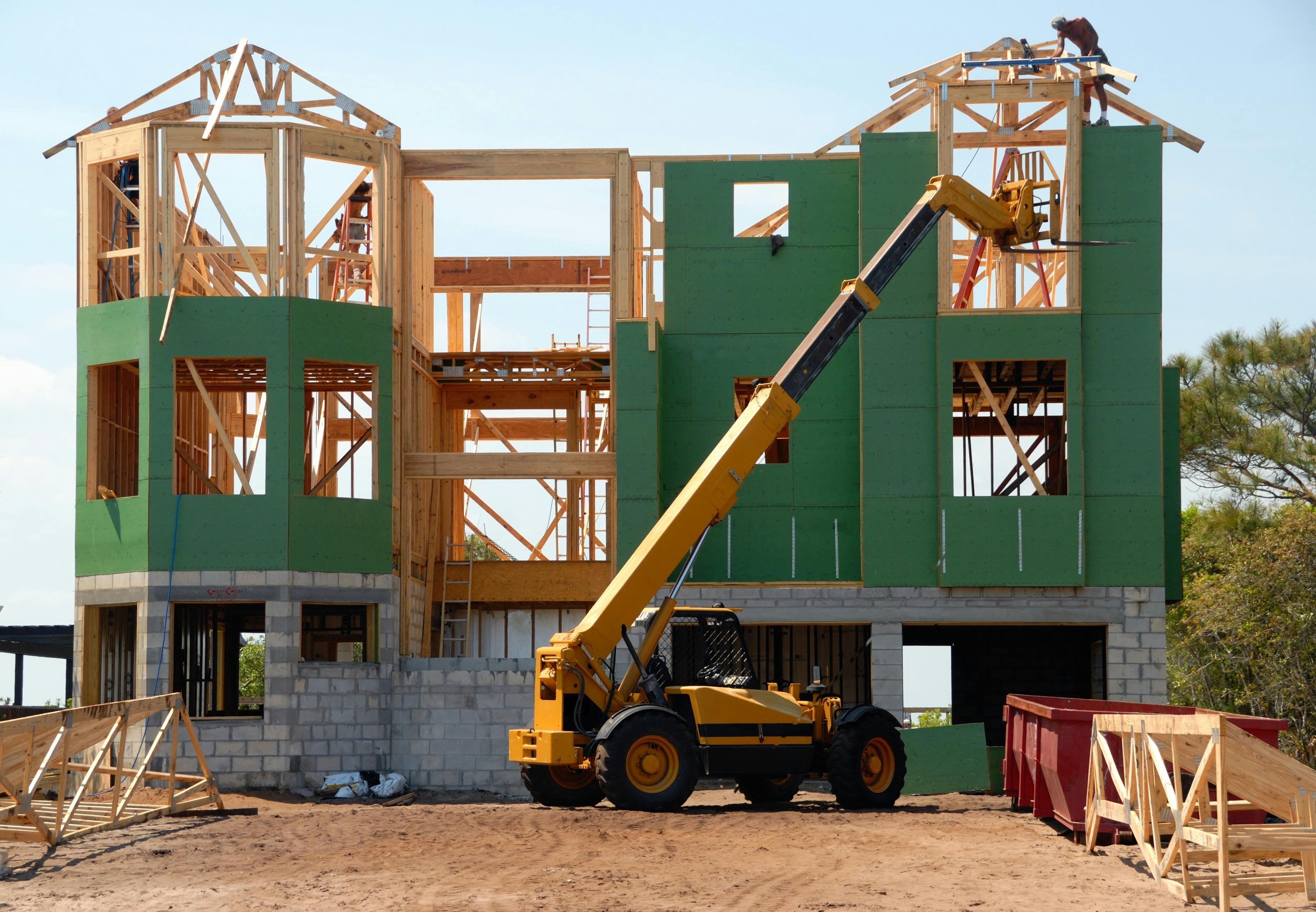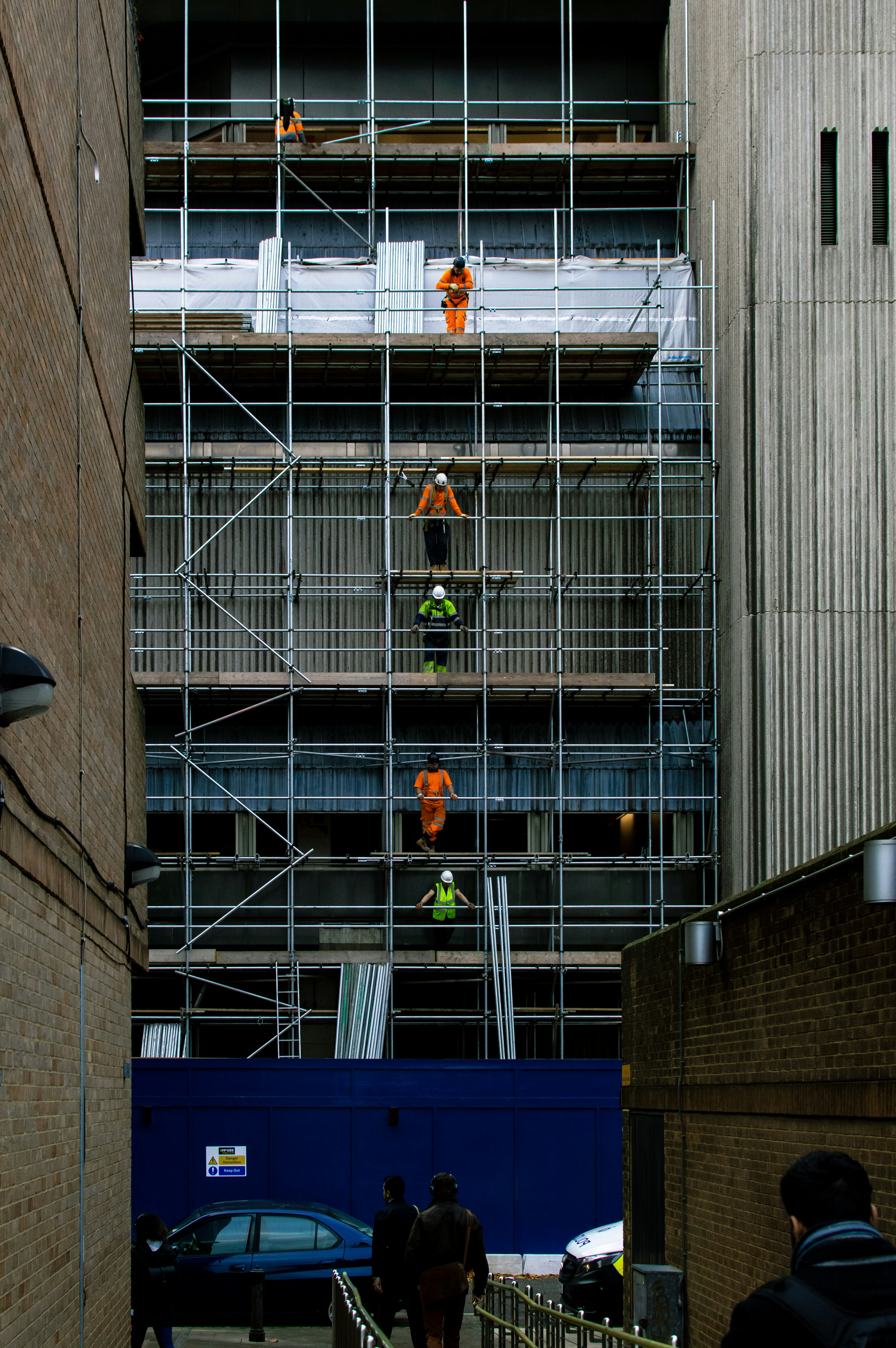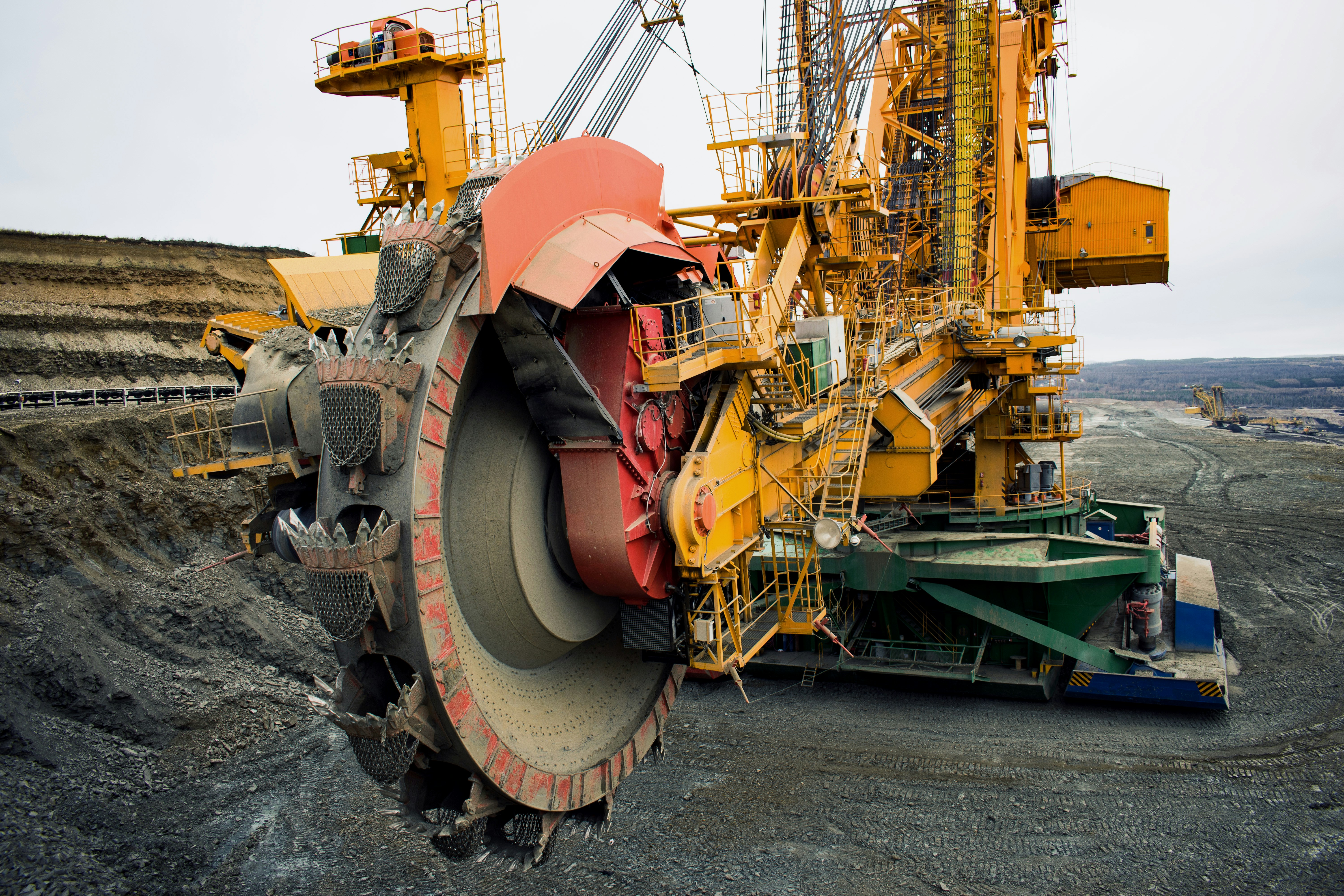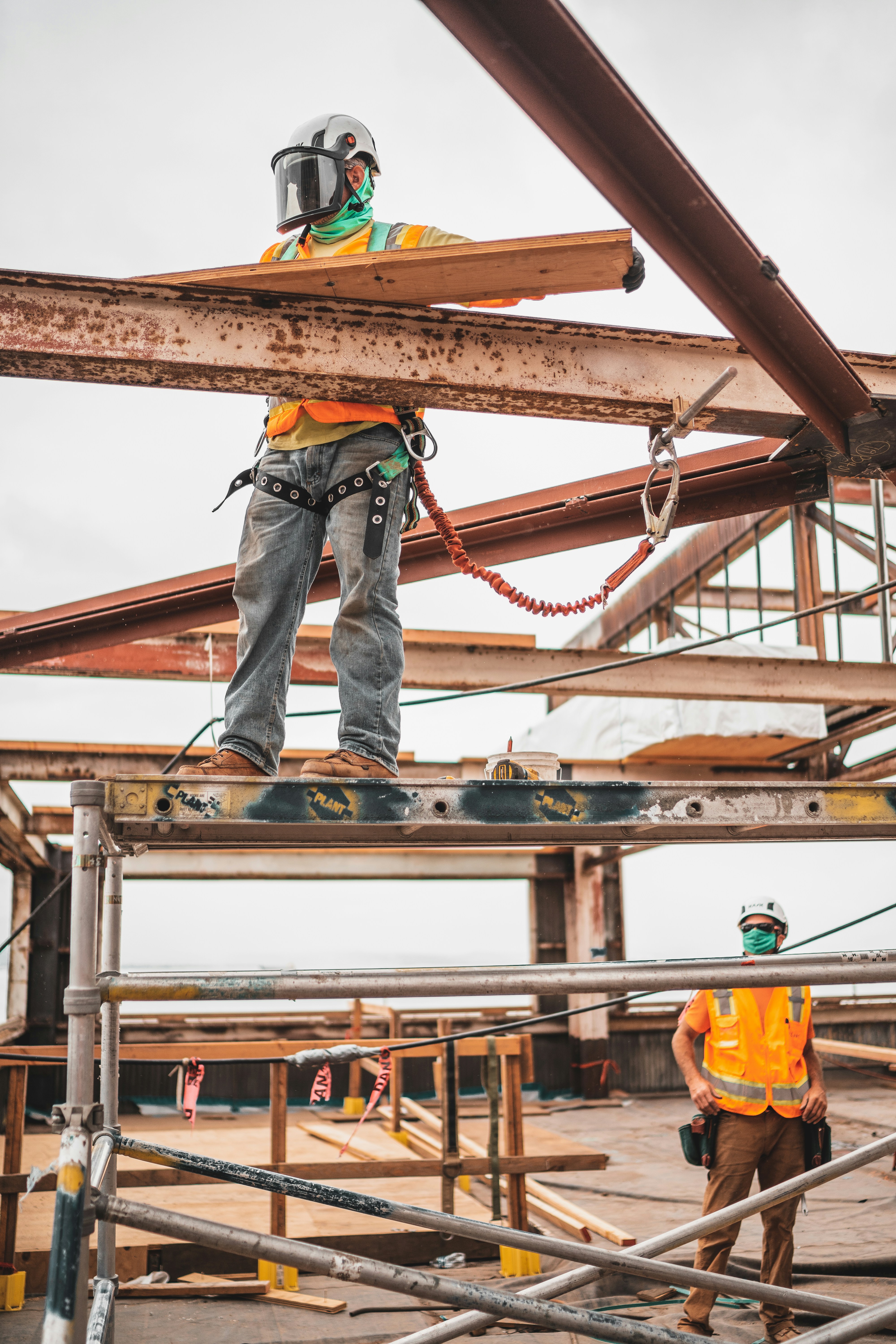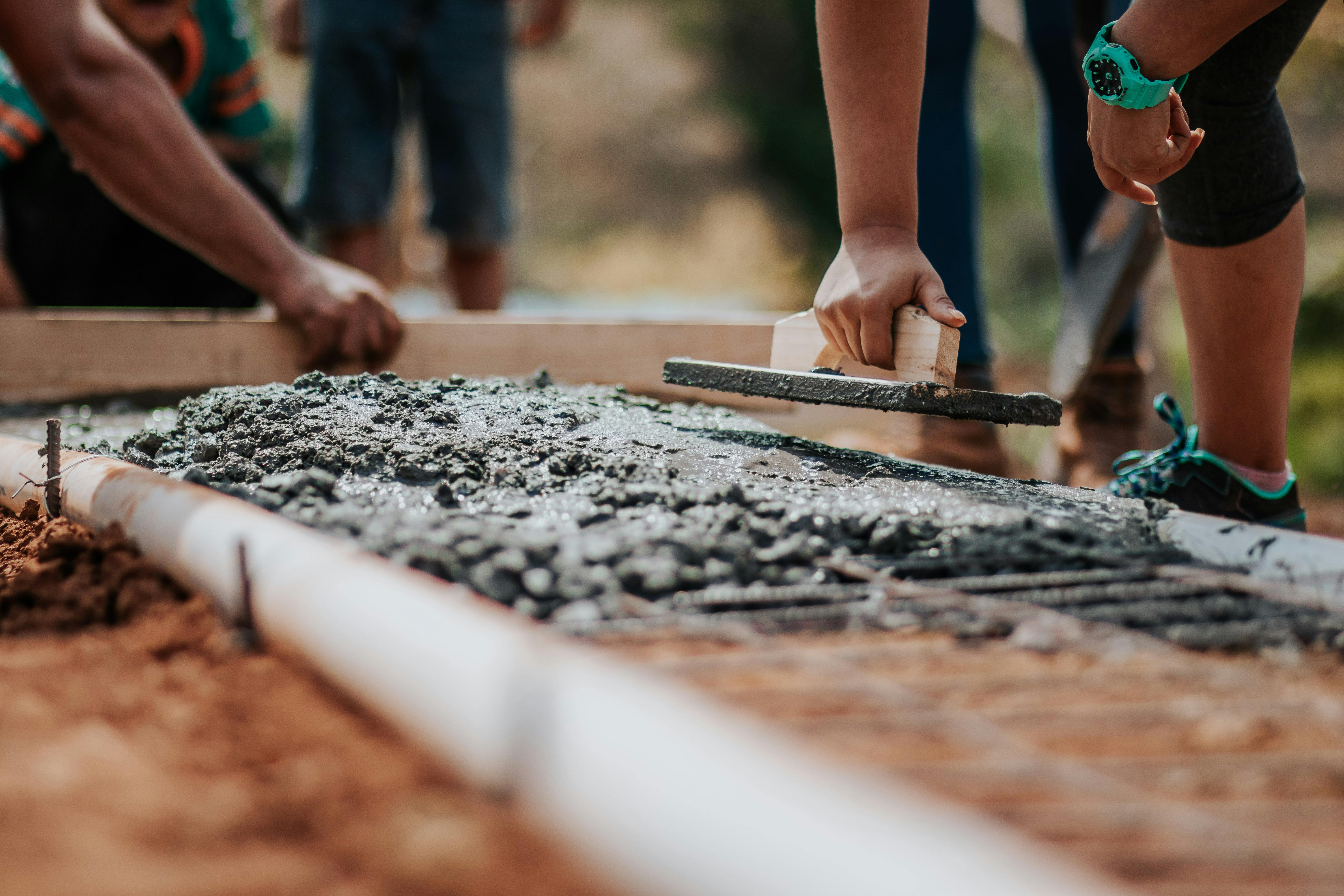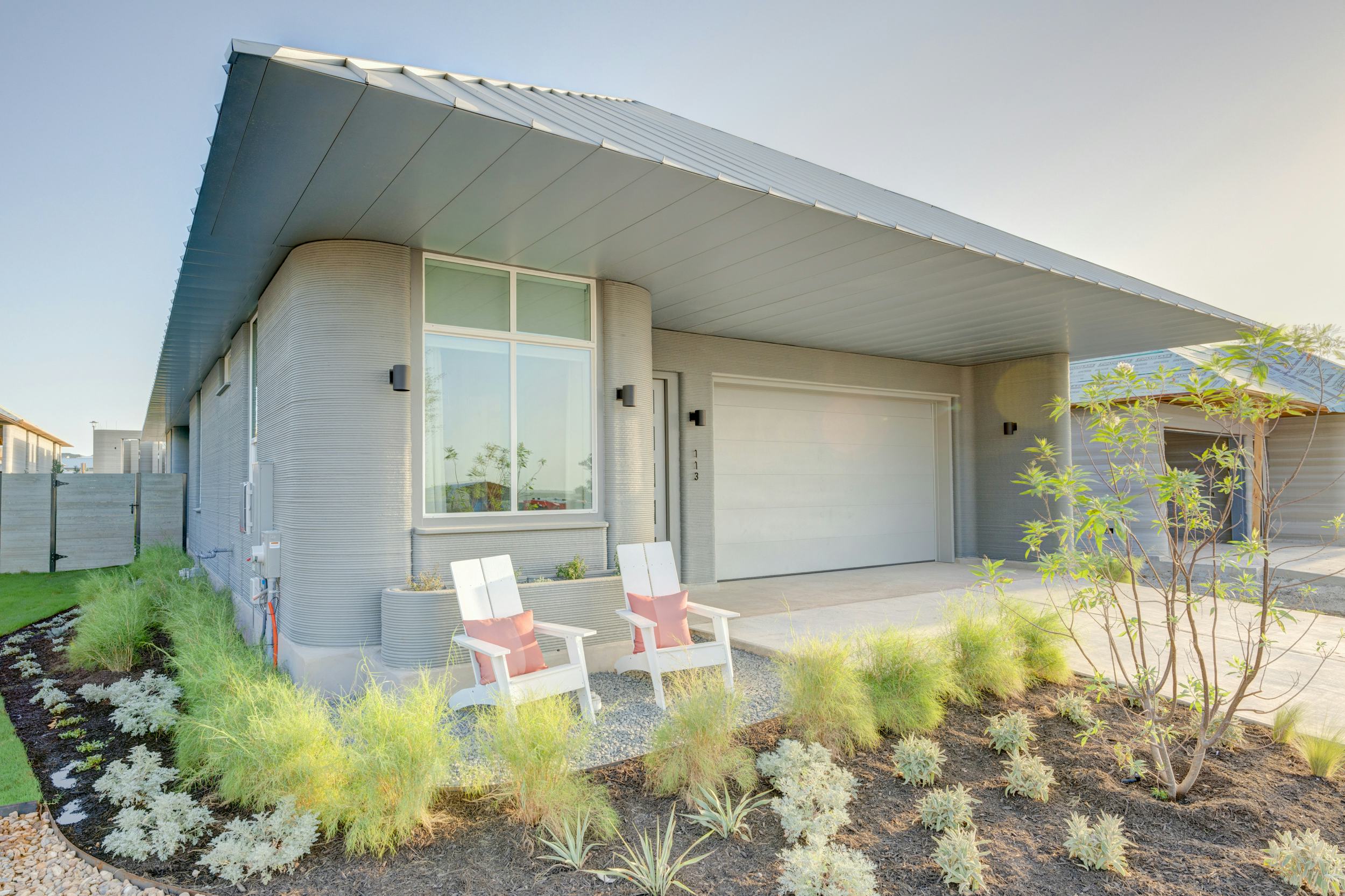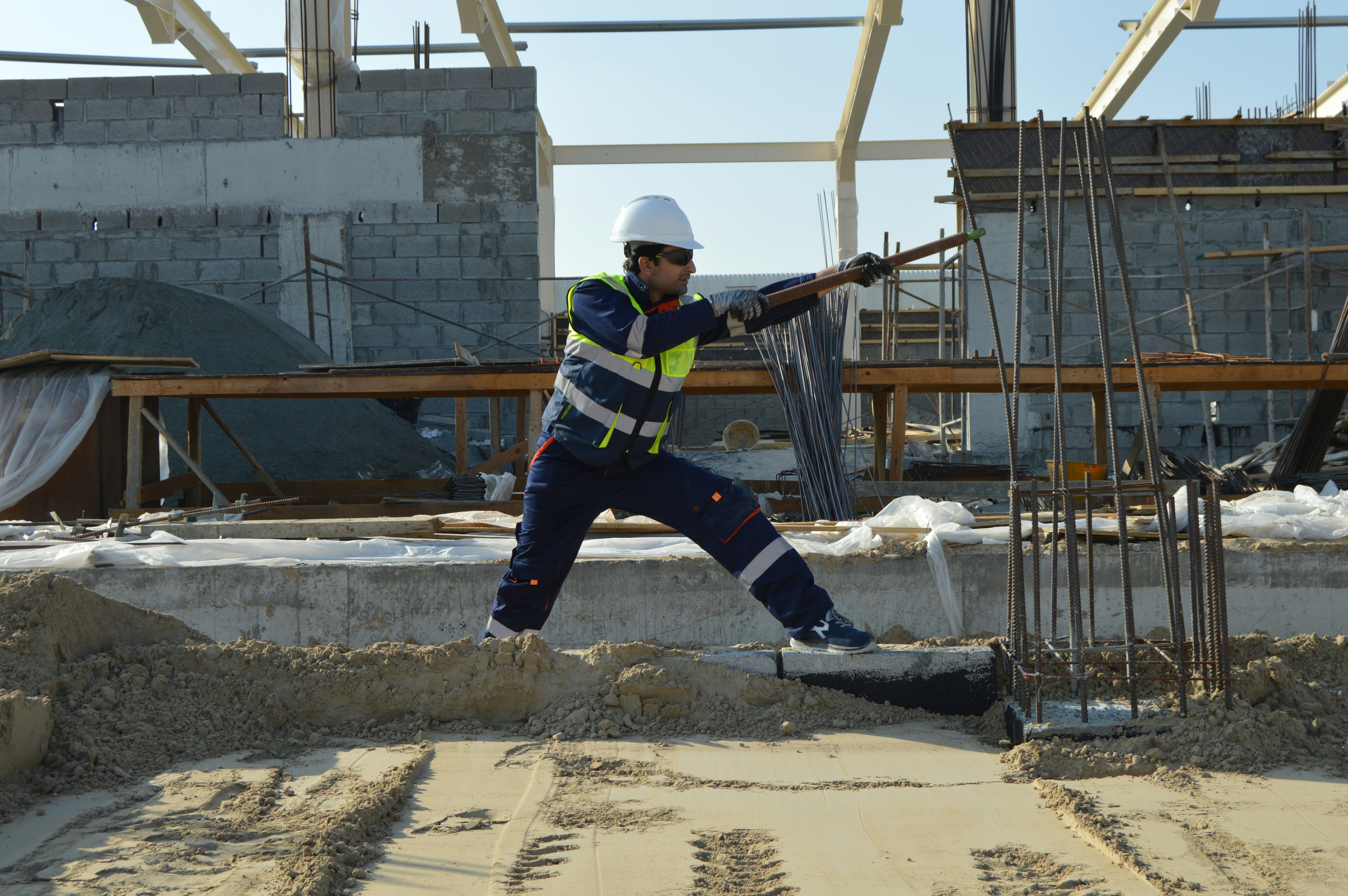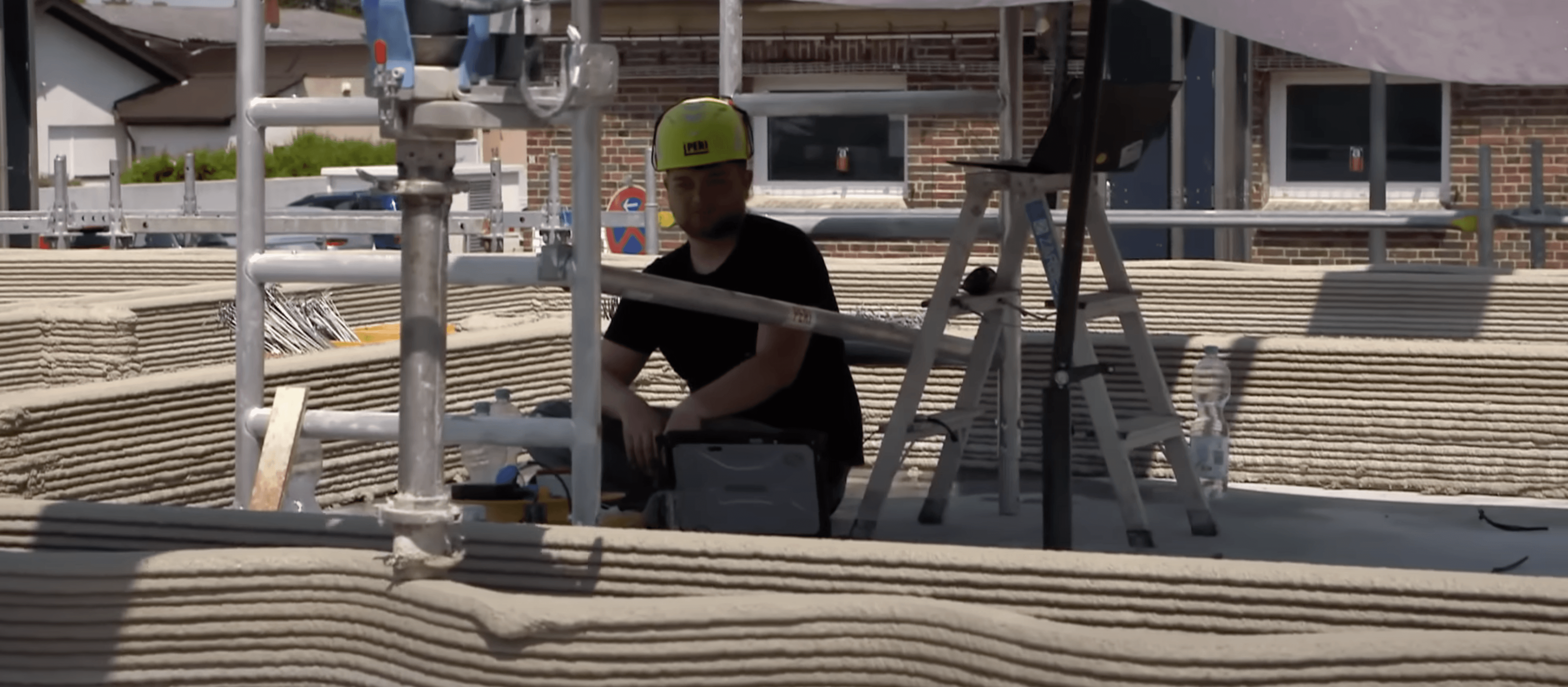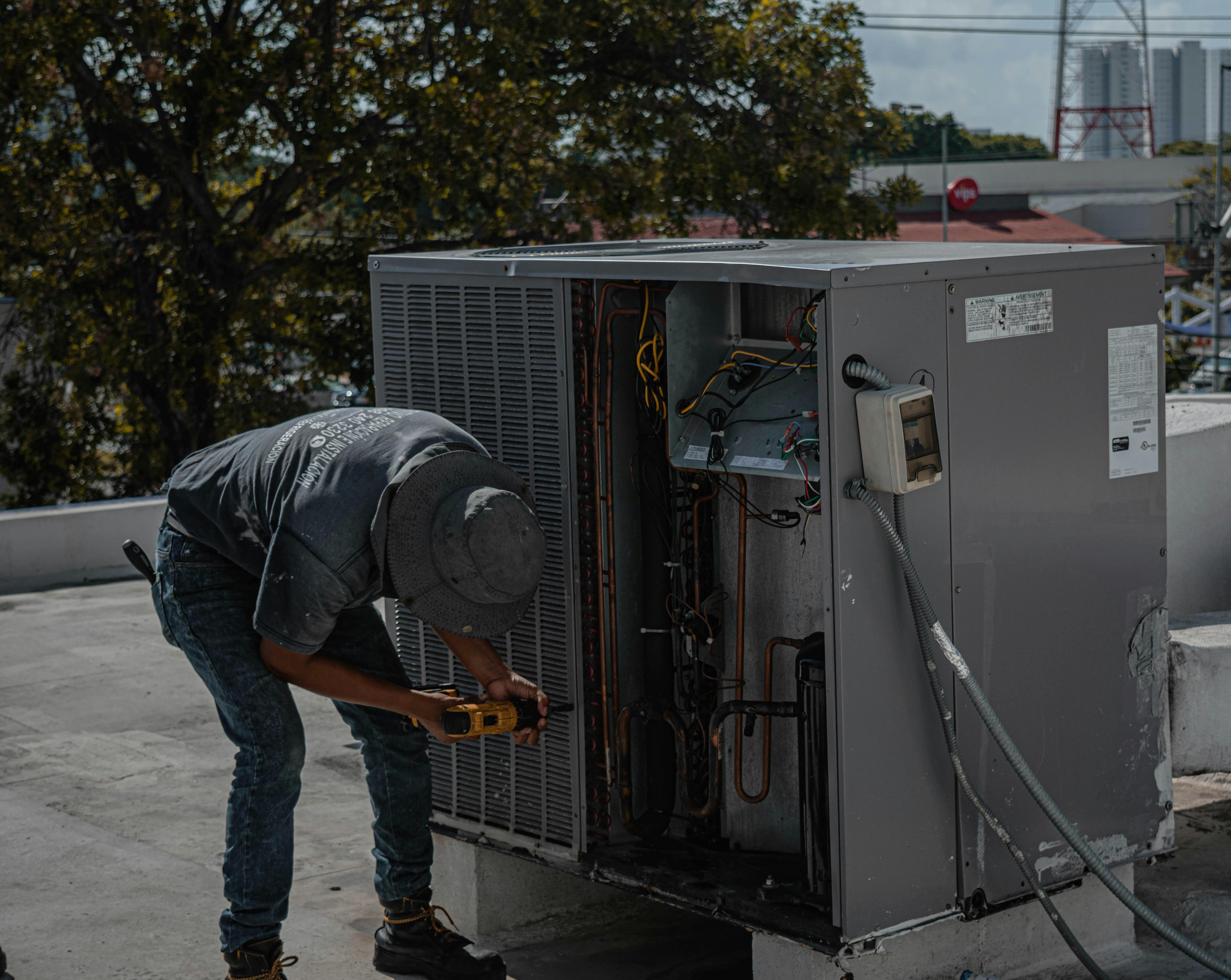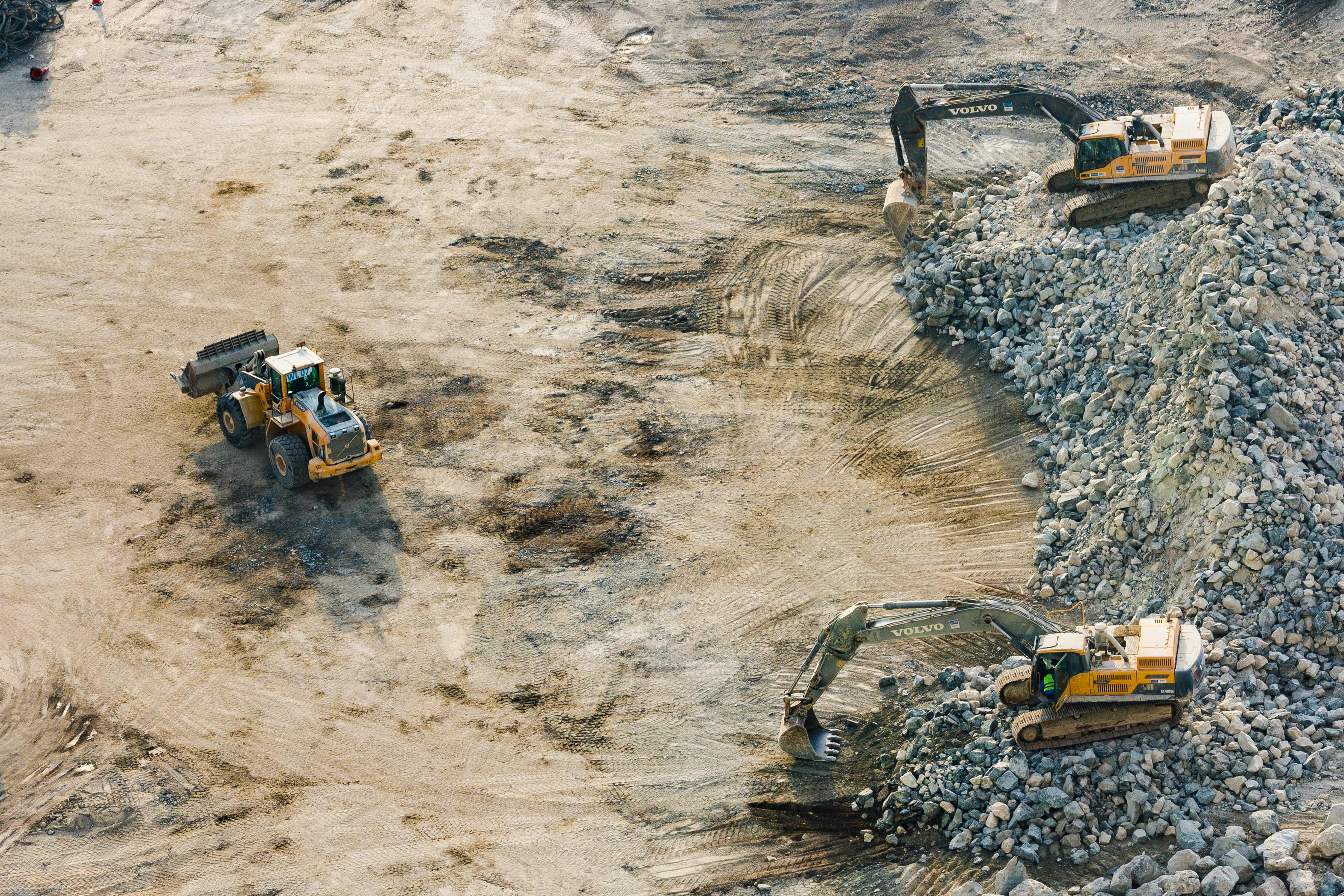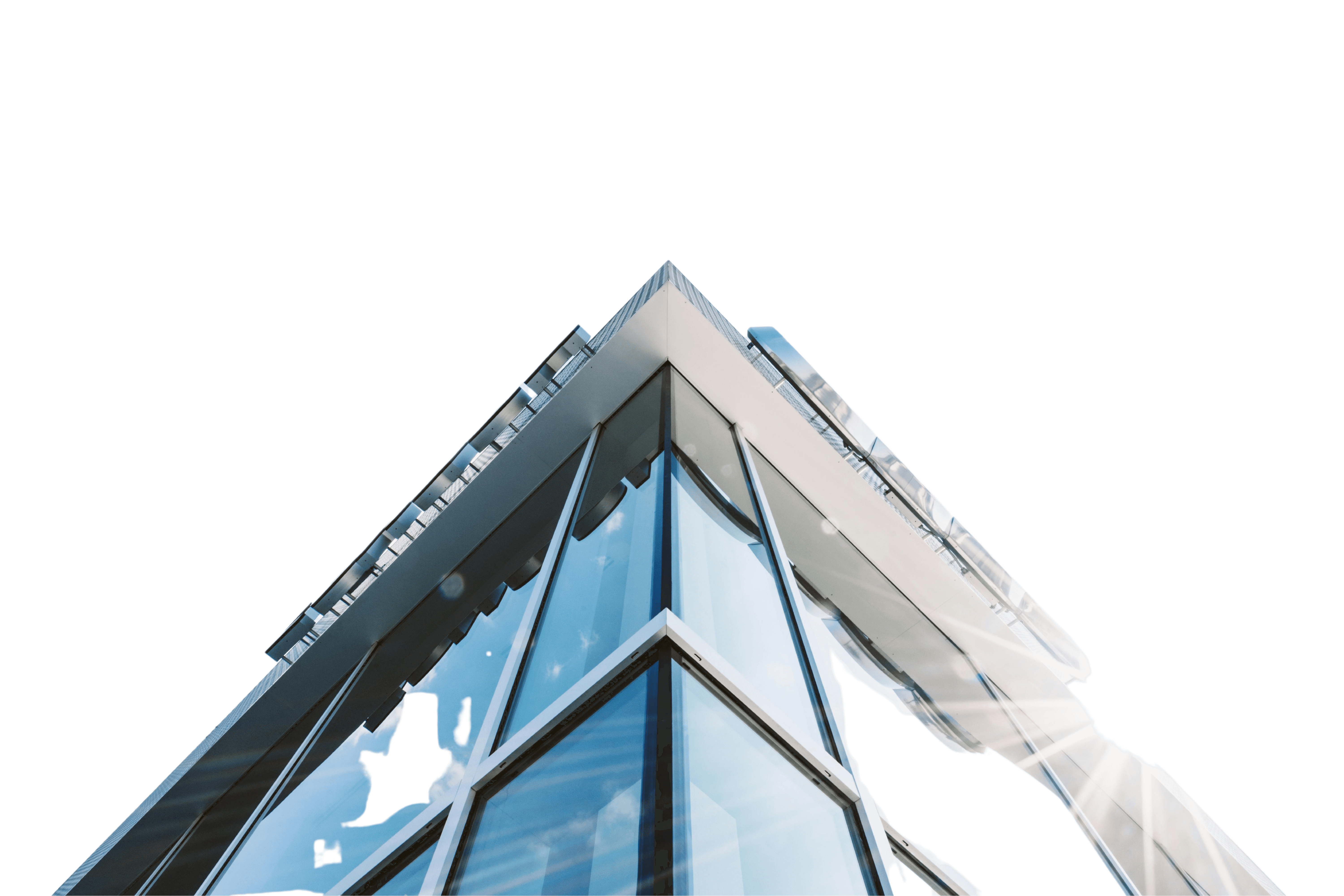
The value of construction-in-progress for ENR’s Top 425 Owners surged 9.3% to $595.84 billion from 2023 to 2024, signaling robust momentum as more moderately sized projects come online and megaprojects tied to federal infrastructure packages begin to mature. Notably, the top 100 firms saw a 9.3% increase, while the bottom 100 experienced a remarkable 24.2% jump. The median firm’s construction-in-progress rose 16.4% after a previous year’s dip, reflecting renewed project activity across the sector.
Yet beneath these headline gains, signs of strain are emerging. According to Associated Builders and Contractors chief economist Anirban Basu, “At first glance, this is a perfectly fine jobs report for the construction industry, but the details give cause for concern.” While the construction unemployment rate held steady at 5.4%, employment growth slowed to just 1.8% year-over-year—the weakest in four years. The industry added only 8,000 jobs per month in Q1 2025, a marked slowdown that Basu warns could worsen as new tariffs take hold: “Trump’s tariffs could be the X factor that stalls construction in progress gains.
Tariffs: The “Largest Tax Hike Since 1968”
President Trump’s new tariff regime—up to 50% “reciprocal tariffs” on imports from 90 countries and a 10% baseline tariff on all U.S. imports—took effect April 5. The immediate fallout was severe: the U.S. stock market suffered its largest two-day loss on record, erasing $5 trillion in value. Despite Wall Street’s alarm, Trump characterized the tariffs as “medicine” to fix U.S. trade imbalances, urging Americans to “hang tough” and promising a “Golden Age” for American manufacturing.
But many industry experts see a different reality. “What amounts to the largest tax hike since 1968 will reduce construction activity due to rising input costs, shaken business confidence and potentially higher-for-longer interest rates,” Basu explains. While some owners remain cautiously optimistic, he warns that “industry expectations are likely to worsen in the coming months.”
Owners React: Wait-and-See, But Watchful
Capital project managers across higher education and major institutions are monitoring the situation closely. Mike Kelley of Carnegie Mellon University notes, “The university is very dynamic to say the least. Our programs are rapidly changing. We do a lot of renovations based on what faculty members are doing.” Yet, he says, market disruptions like tariffs are difficult to react to in real time: “It’s like turning a battleship. It’s very difficult for us to respond in the moment. Often when the market shifts, it’s something we have to bear.”
Drew Furry at Purdue University echoes this sentiment: “We’re definitely keeping an eye on some of those things, and the way our market will respond—whether it’s immigration or tariffs. If the market starts responding in a certain way over the next few months, we may react differently. But I don’t think it’s a key driver to our project delivery.”
Virginia Tech’s Paul O’Keef adds, “If the tariffs come in such a way that truly blows up our budgets, especially when something has already begun, we won’t know that until it happens. Oftentimes, the state wants us to have concrete numbers before they would be willing to provide us with additional funding.”
Ripple Effects: Global Trade Tensions and Material Costs
The global response has been swift. China announced a 34% tariff on all U.S. imports, matching the U.S. rate, and filed a WTO lawsuit. “Disruptive U.S. policies have been recognized as the biggest risk to the global outlook all year,” wrote JPMorgan’s Bruce Kasman, predicting that retaliation, shaken business sentiment, and supply chain disruptions will amplify the impact.
While the White House claims key construction materials like steel, aluminum, lumber, and copper are exempt from the latest tariffs, American Institute of Architects chief economist Kermit Baker says firms should still expect short-term material cost increases: “Persistent cost inflation and uncertainty could slow project pipelines, leading to continued volatility in architectural billings.” Baker notes that materials and products account for 50–60% of total construction costs, so even partial tariff effects can have a major impact.
Owners’ Strategies: Early Procurement, Alternative Designs, and Collaboration
Gloria Samuel of Fifth Third Bank says, “I feel like it would be very thoughtful to pay attention to how we acquire material. If there is an opportunity for us to do an early purchasing, we consider that.” Baker advises that “architecture firms will need to better understand how these changes will affect the cost and availability of these materials,” and be ready to “supply alternative designs to accommodate the realities of materials costs and availability.”
As labor and material volatility grow, owners are prioritizing people over price and shifting away from traditional design-bid-build toward more collaborative delivery models. “We definitely need to be innovative in our thinking in how we approach our construction efforts,” Samuel says.
Looking Ahead: Advocacy and Adaptation
Stephen T. Ayers, interim CEO of the American Institute of Architects, pledges that the AIA will “continue to advocate for policies that support economic growth and a strong construction sector.” He warns, “These tariffs, if they remain in place, will negatively impact our 100,000 members in the U.S. and around the world by artificially inflating prices while damaging the reputation of American professionals as good global business partners.”
While some see a “Golden Age,” others see a period of short-term pain and long-term adaptation. As Basu concludes, “Because we don’t have Q1 data, it is conceivable that recession has already begun in America. The market was set to slow even before all this talk about tariffs.”
At Paragon Construction Consulting, we’re helping owners and developers navigate this new era with proactive procurement, flexible project planning, and strategic contract management. In a market defined by volatility, adaptability isn’t just an advantage—it’s a necessity.




